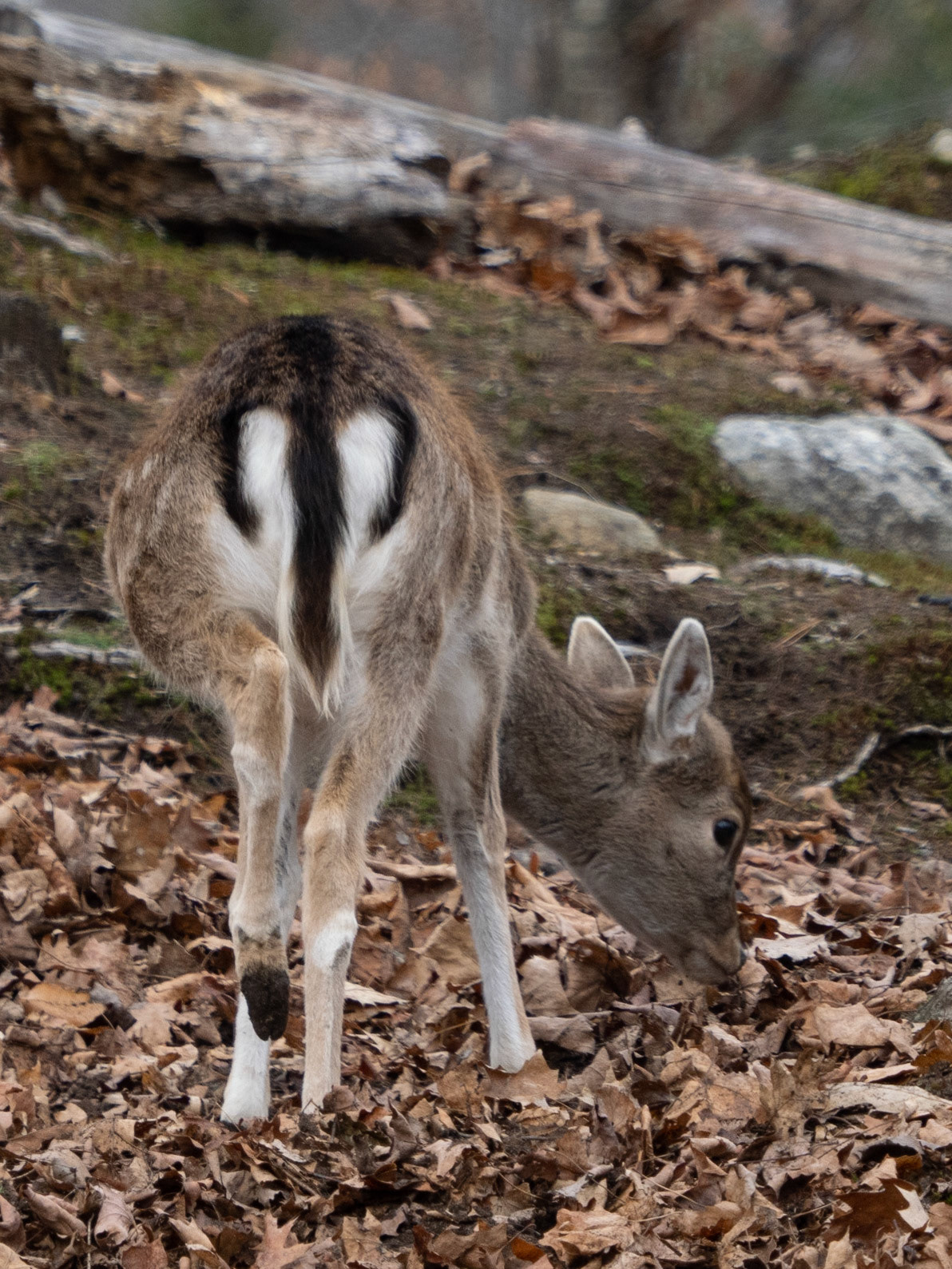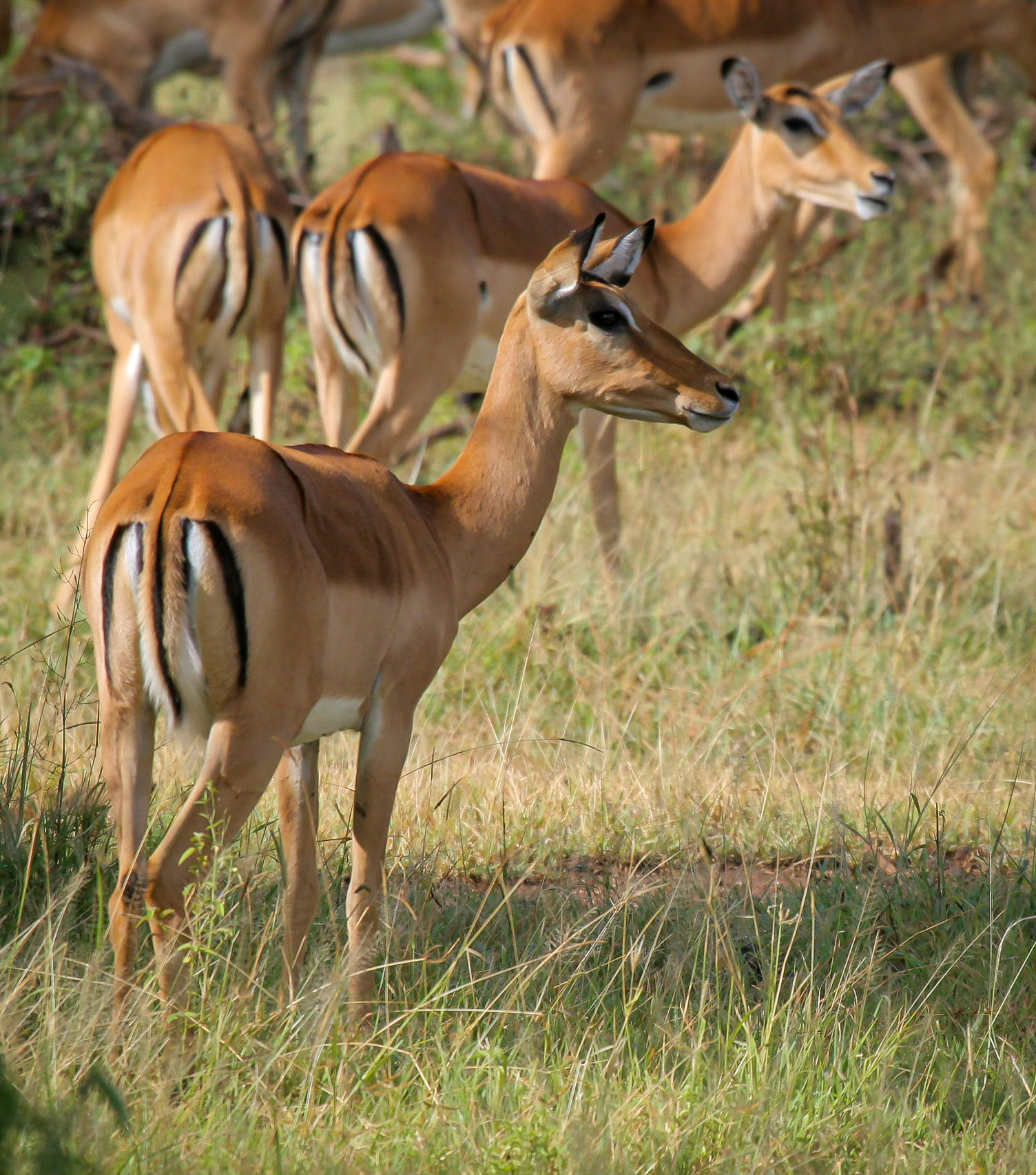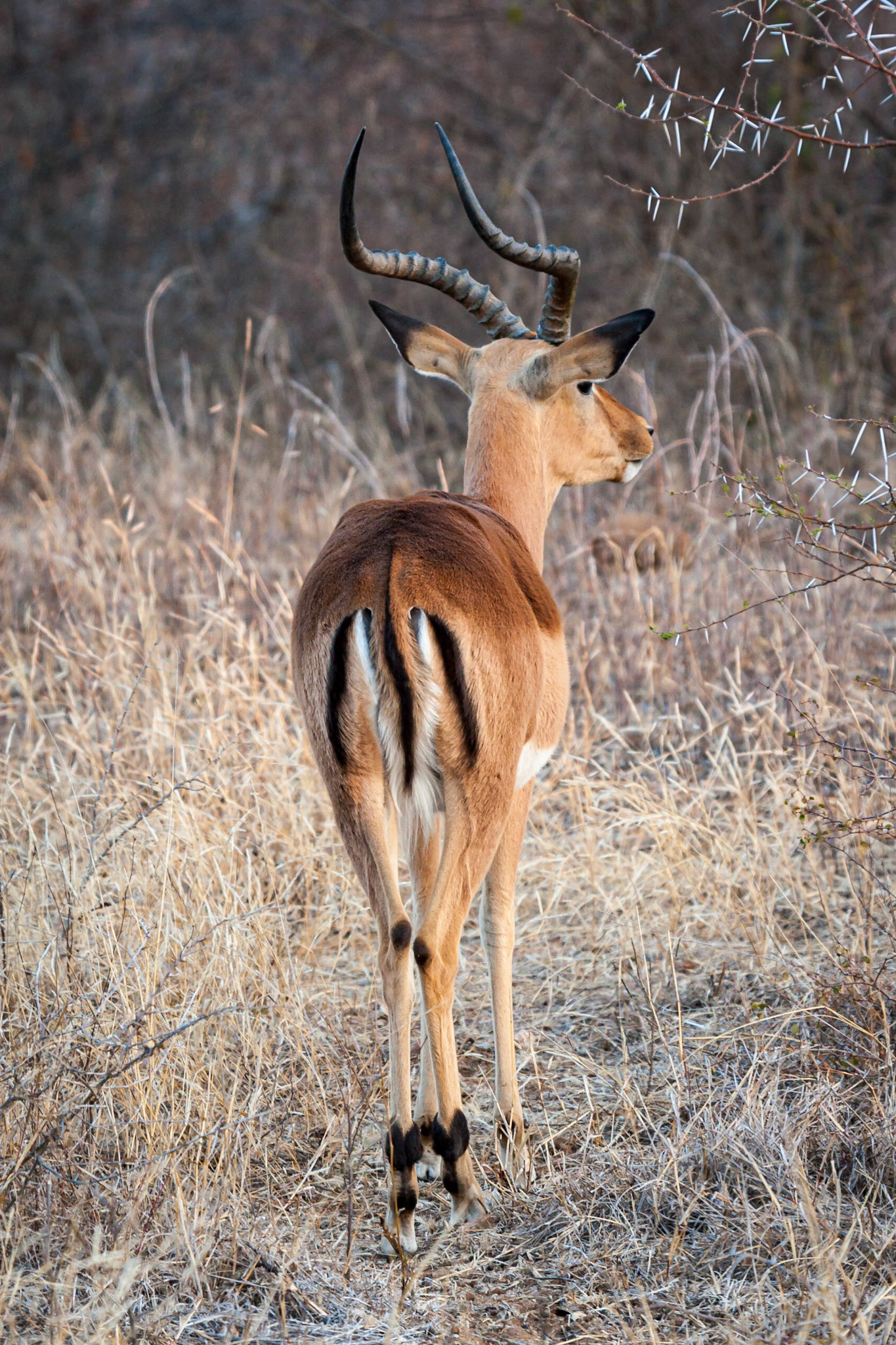After an unseasonably warm early November the temperatures dropped enough to make ice on the ponds throughout the Parc. While there were far fewer Canada Geese, a good many migrating common and hooded mergansers ducks had dropped by.
Female common mergansers are frequently seen in the summer, but their male counterparts and both female and male hooded mergansers make themselves scarce, so it was a treat to see them.
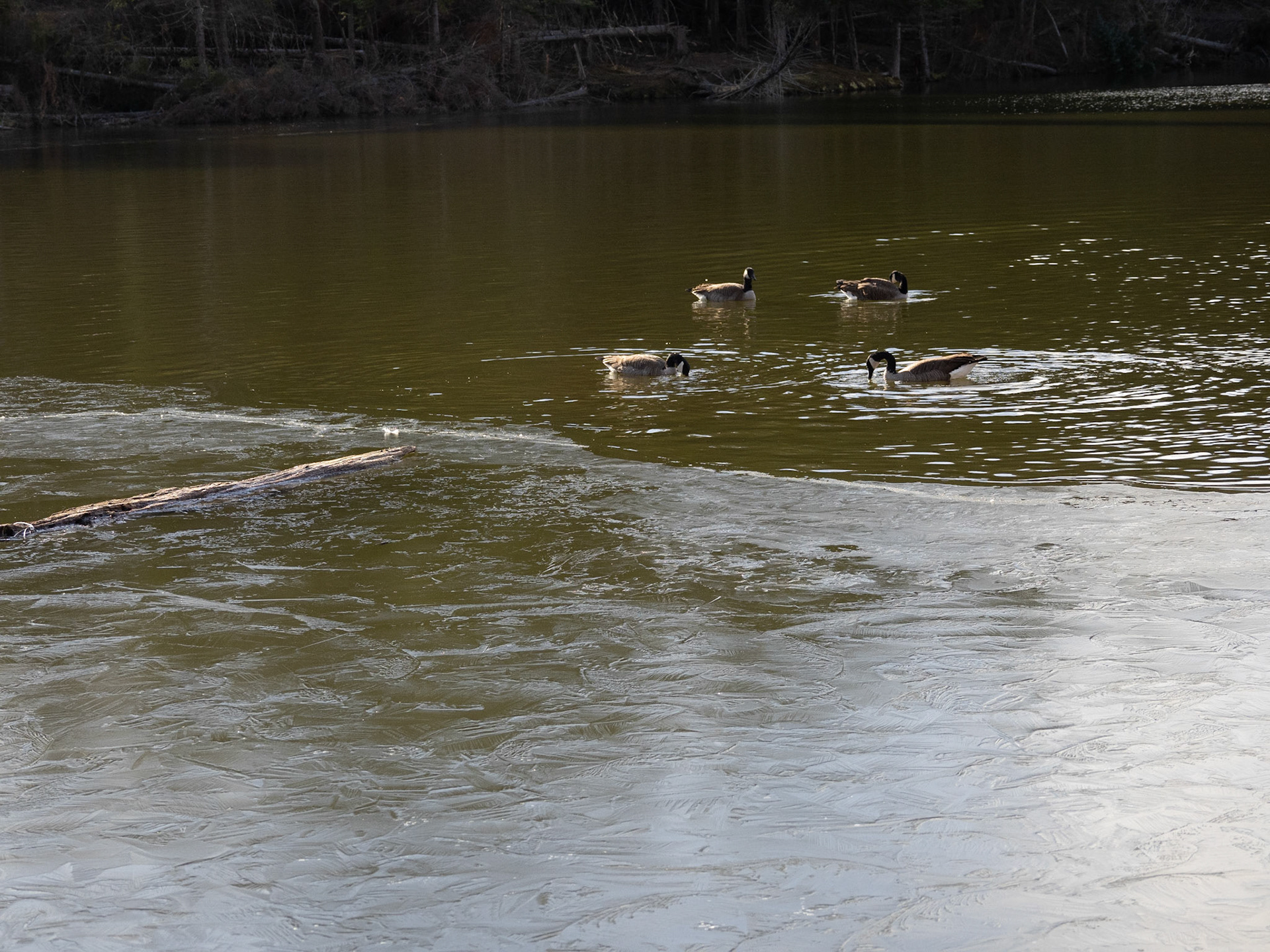
Scroll over the picture to identify the ducks.
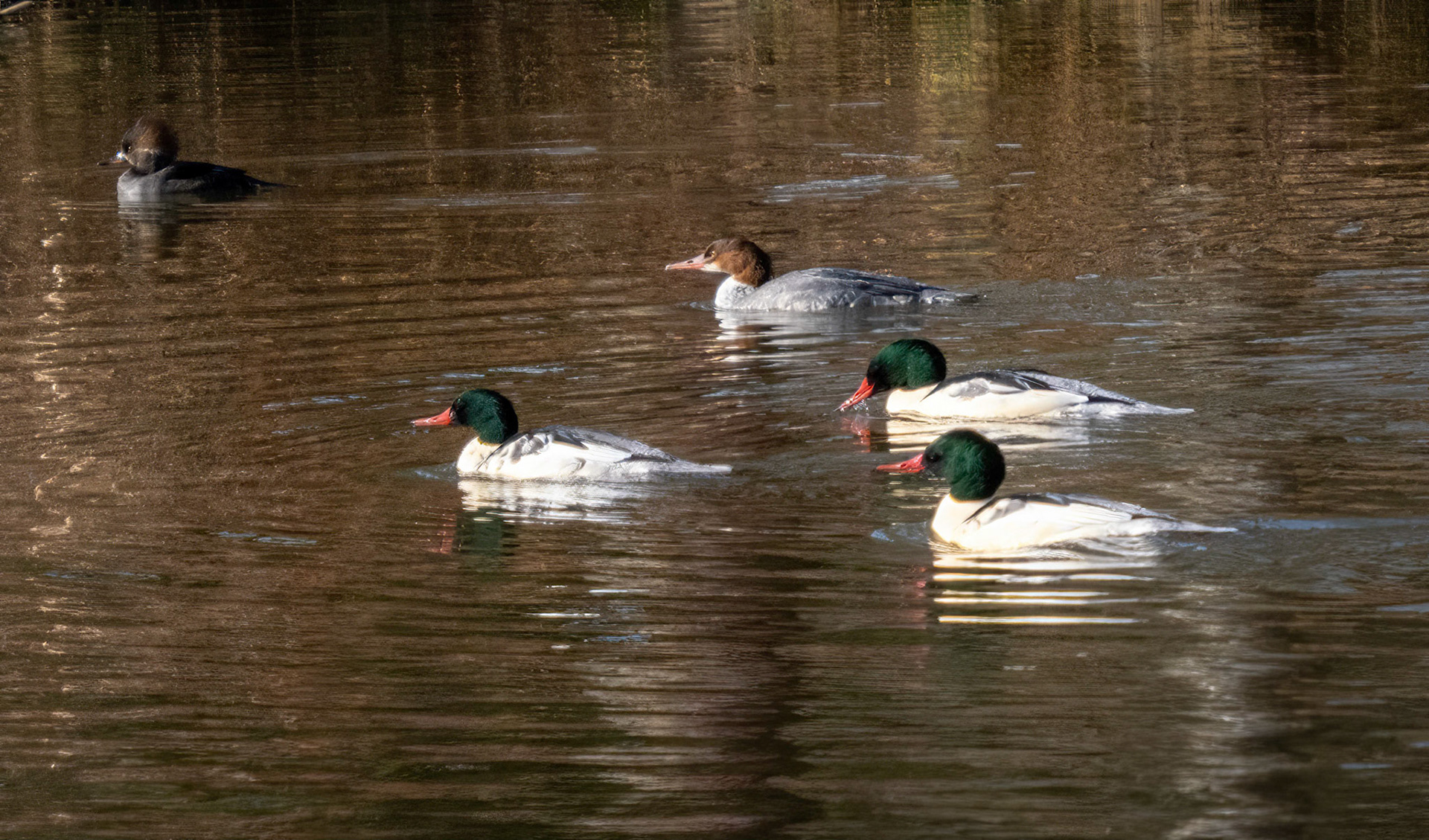
Three male and one female common merganser. Female hooded top left.
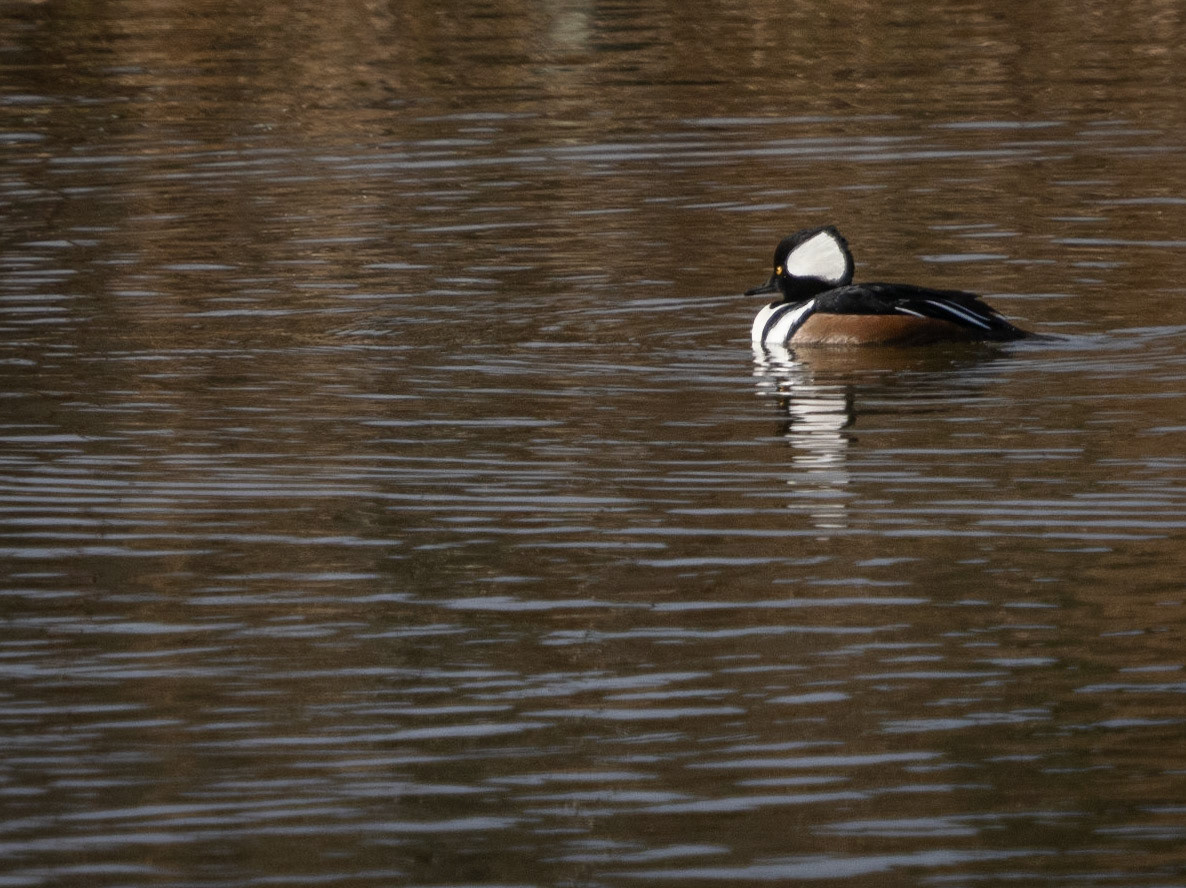
Male hooded merganser
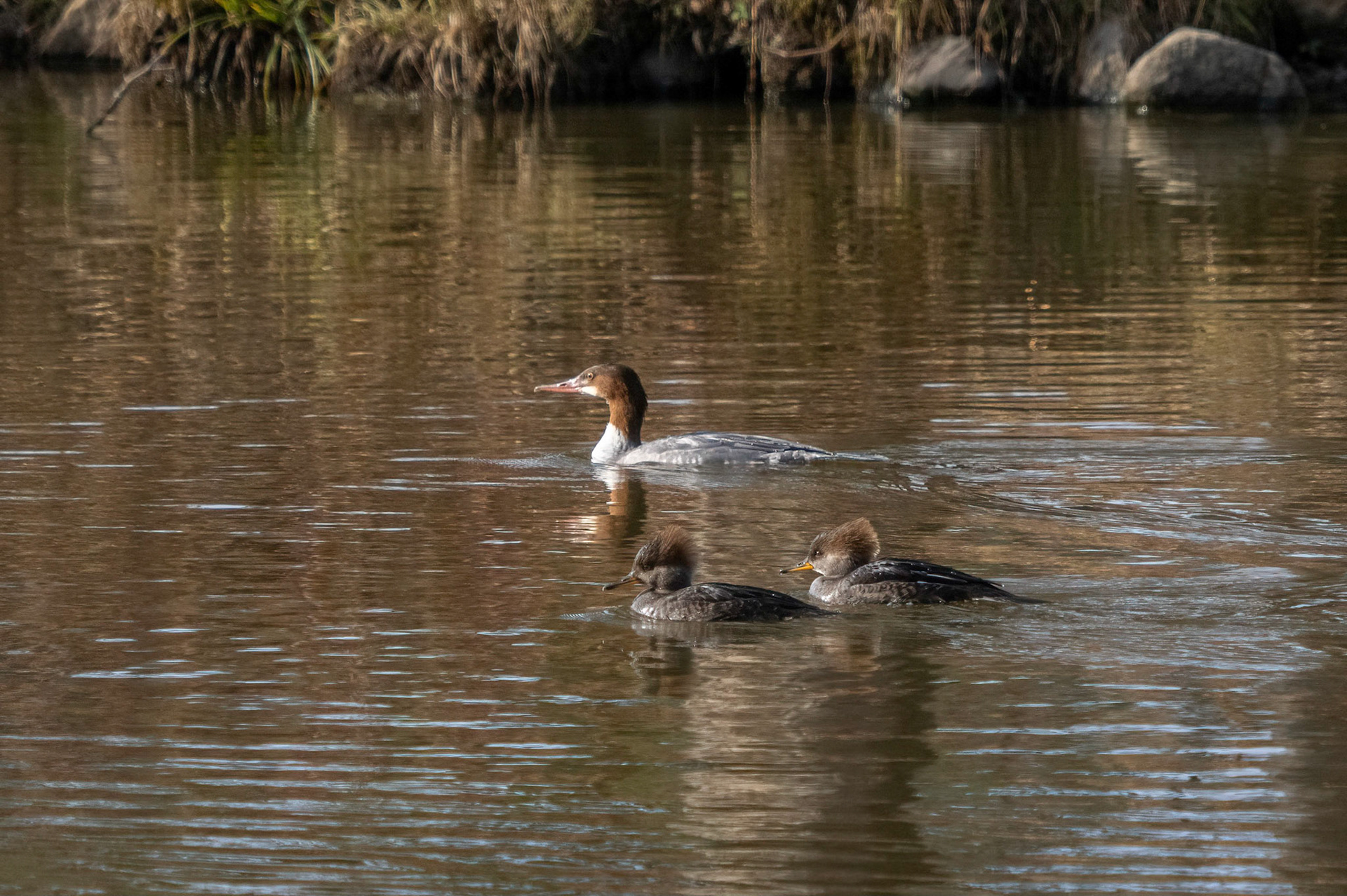
Female common and two female hooded mergansers

Male hooded and male common merganser

Three female hooded mergansers
Only one of the black bears was out, but none of the cinnamon bears were seen. The arctic wolves seemed to be enjoying the cooler temperatures.


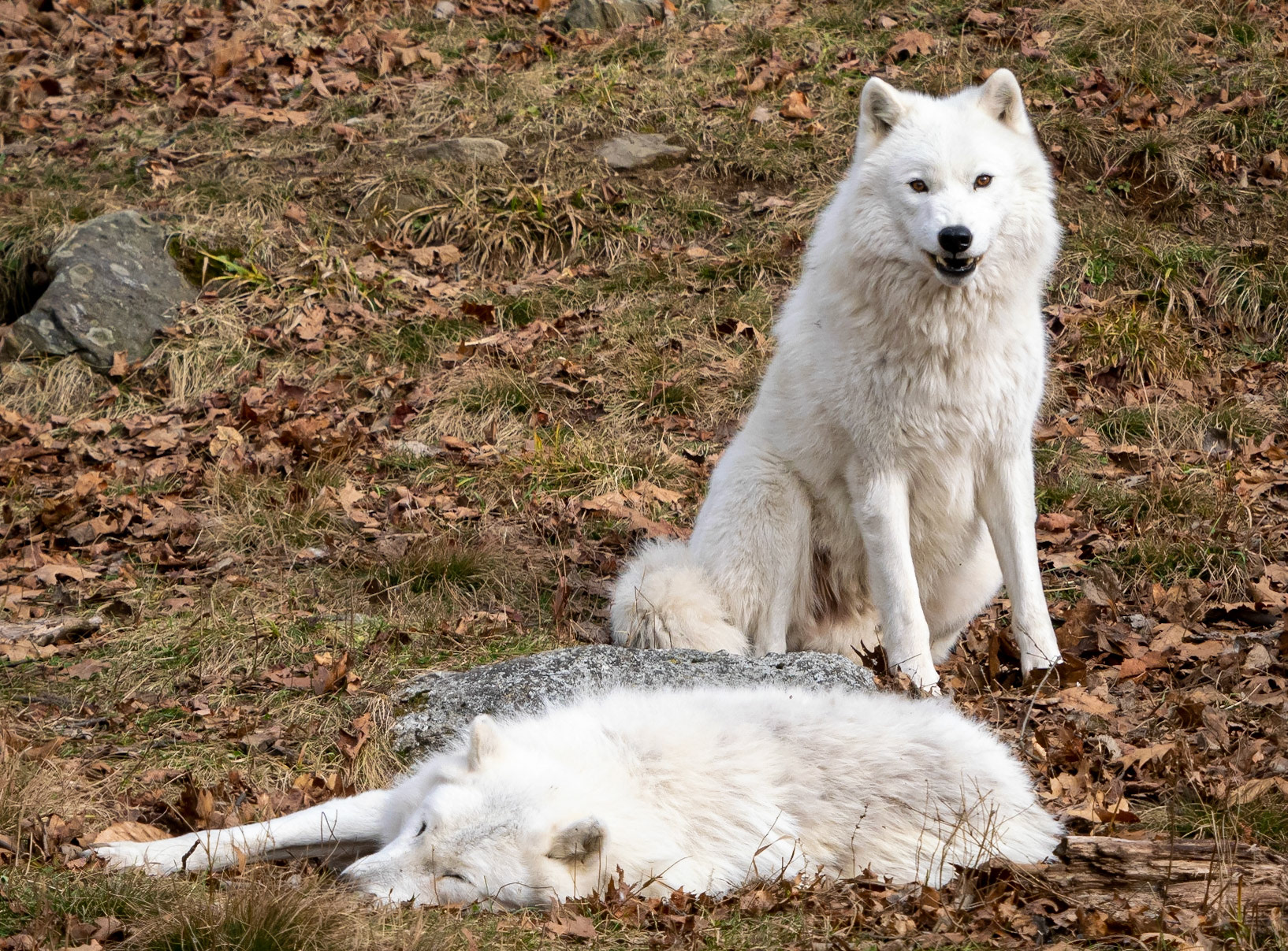
The silver and arctic foxes were in a more relaxed mood.
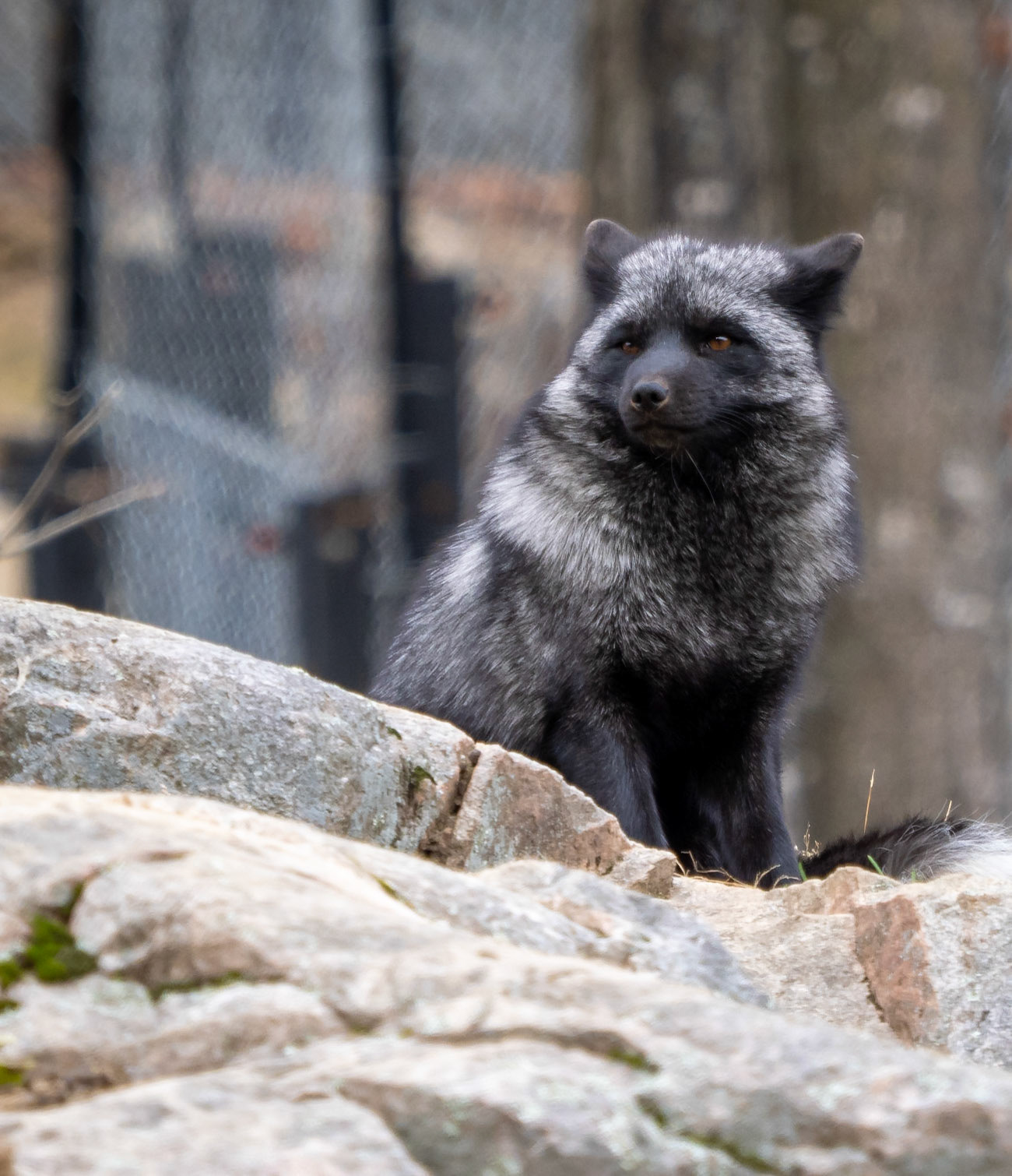
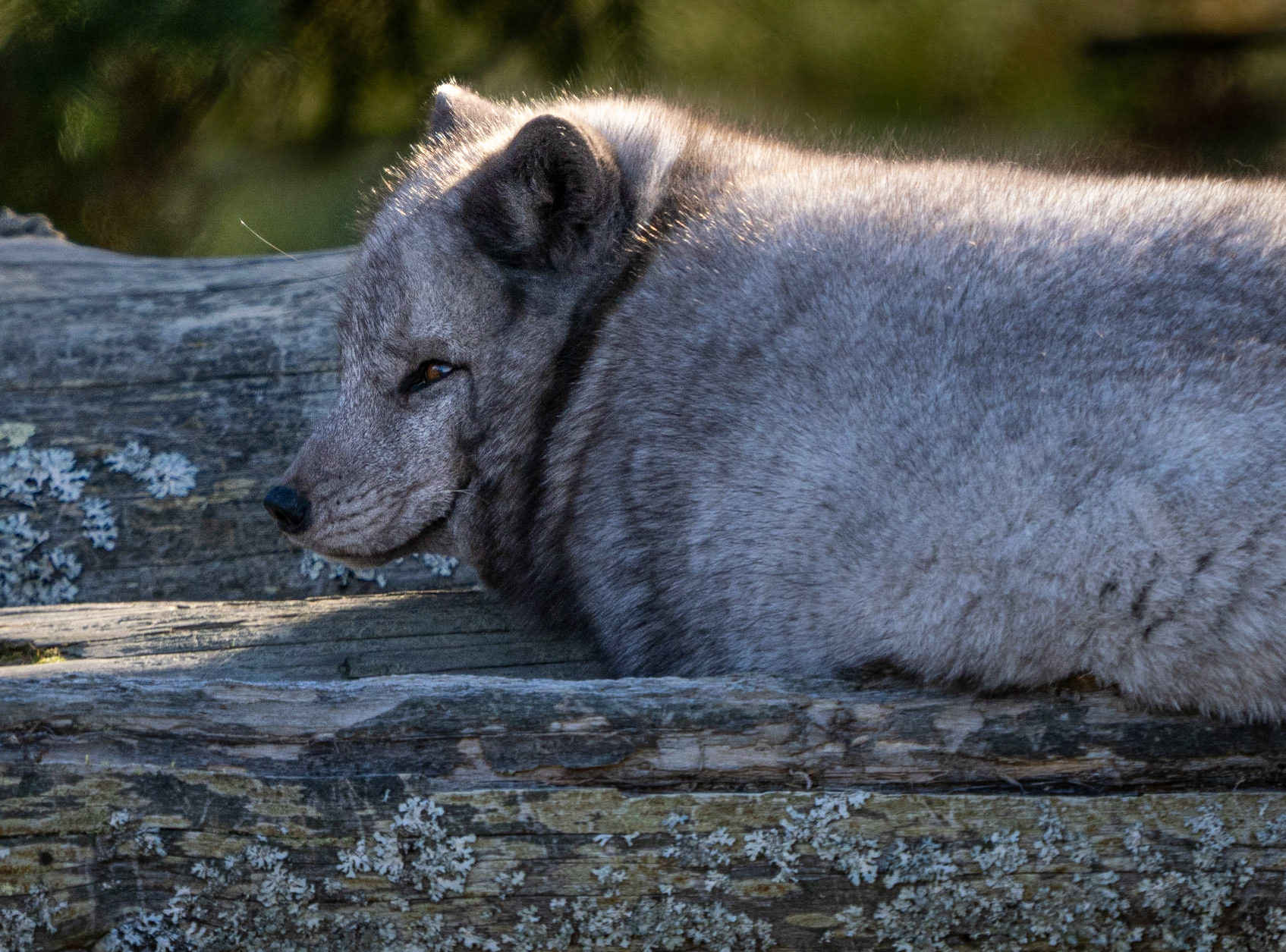
The "rut", or mating season, for the elk seemed to be over as we heard no bellowing, although there did seem to be a few harems still being kept in tact by the males.
The gate keepers were busy collecting tolls while other mature males were standing about overseeing their domains.
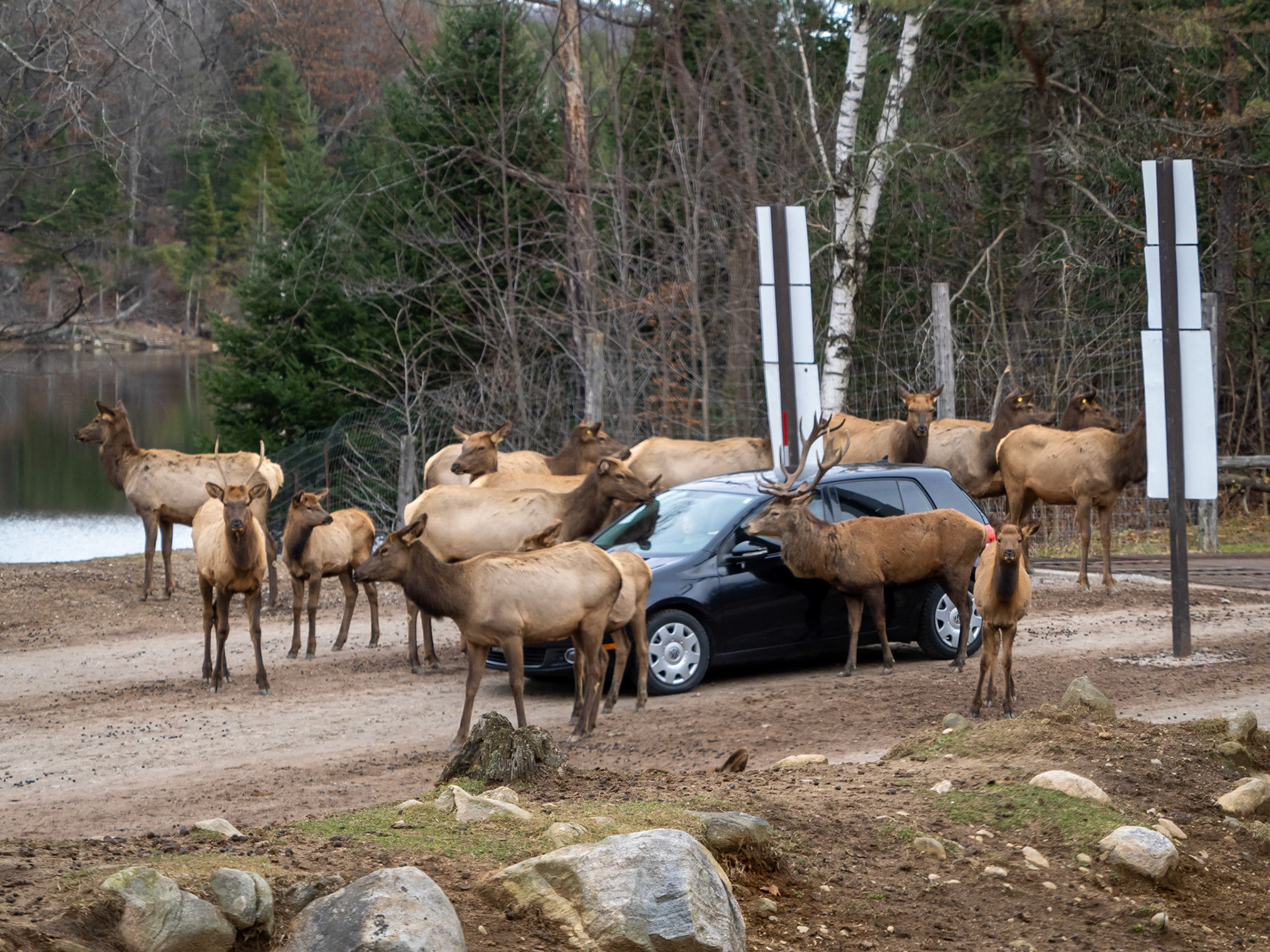
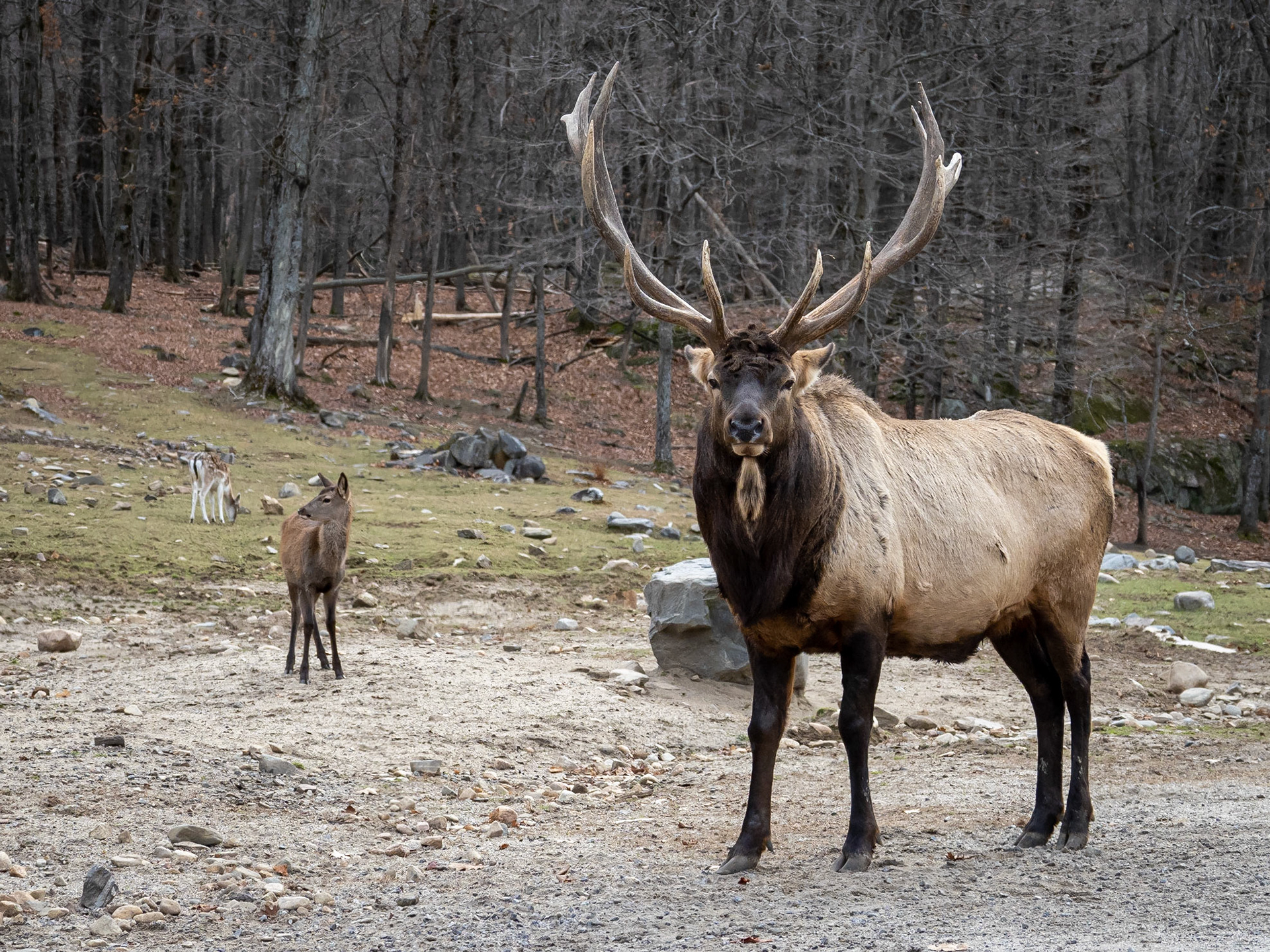
Some of this year's calves were relaxing as was a large male who was showing signs of re-growing his prematurely lost antlers.
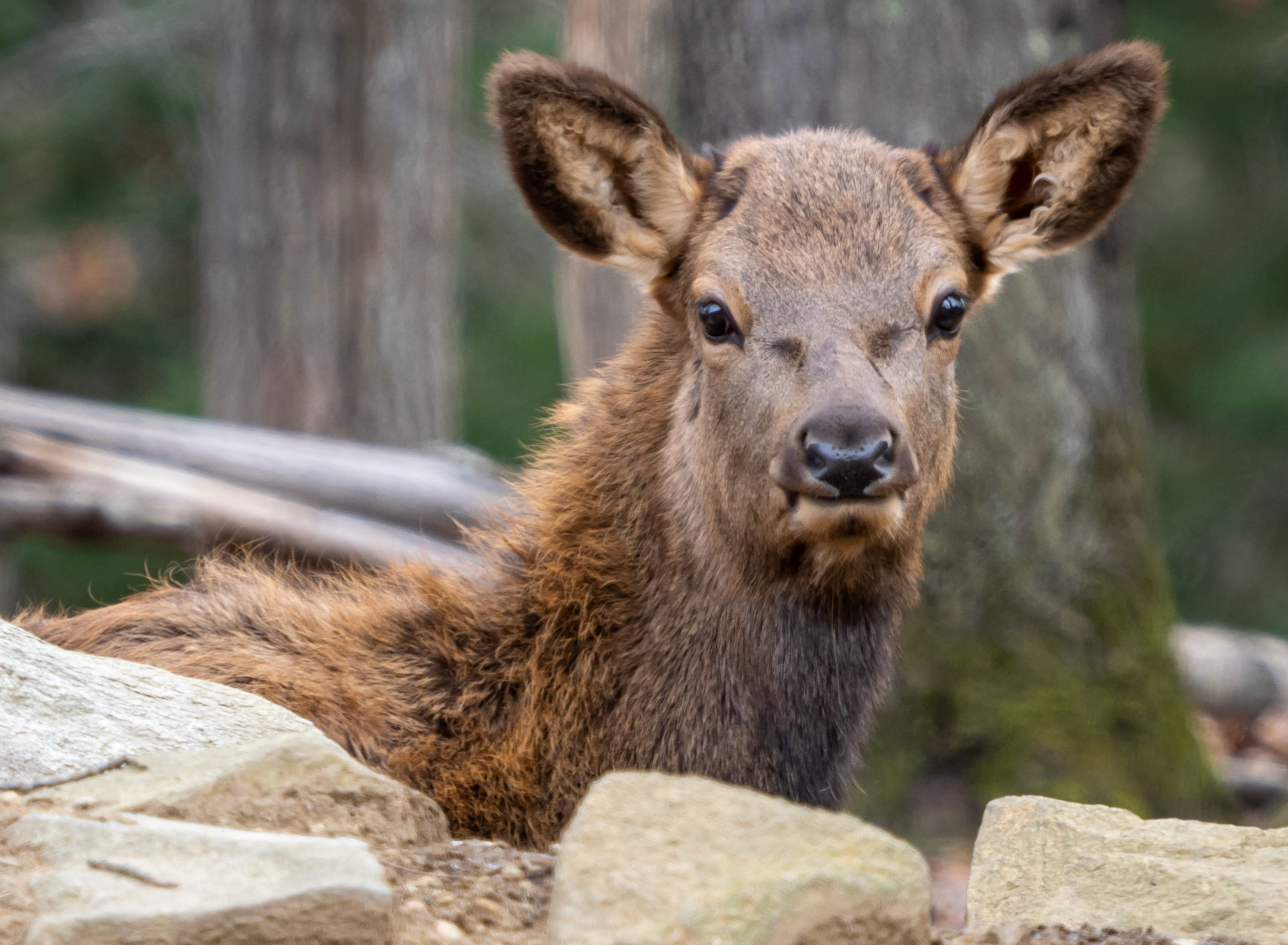
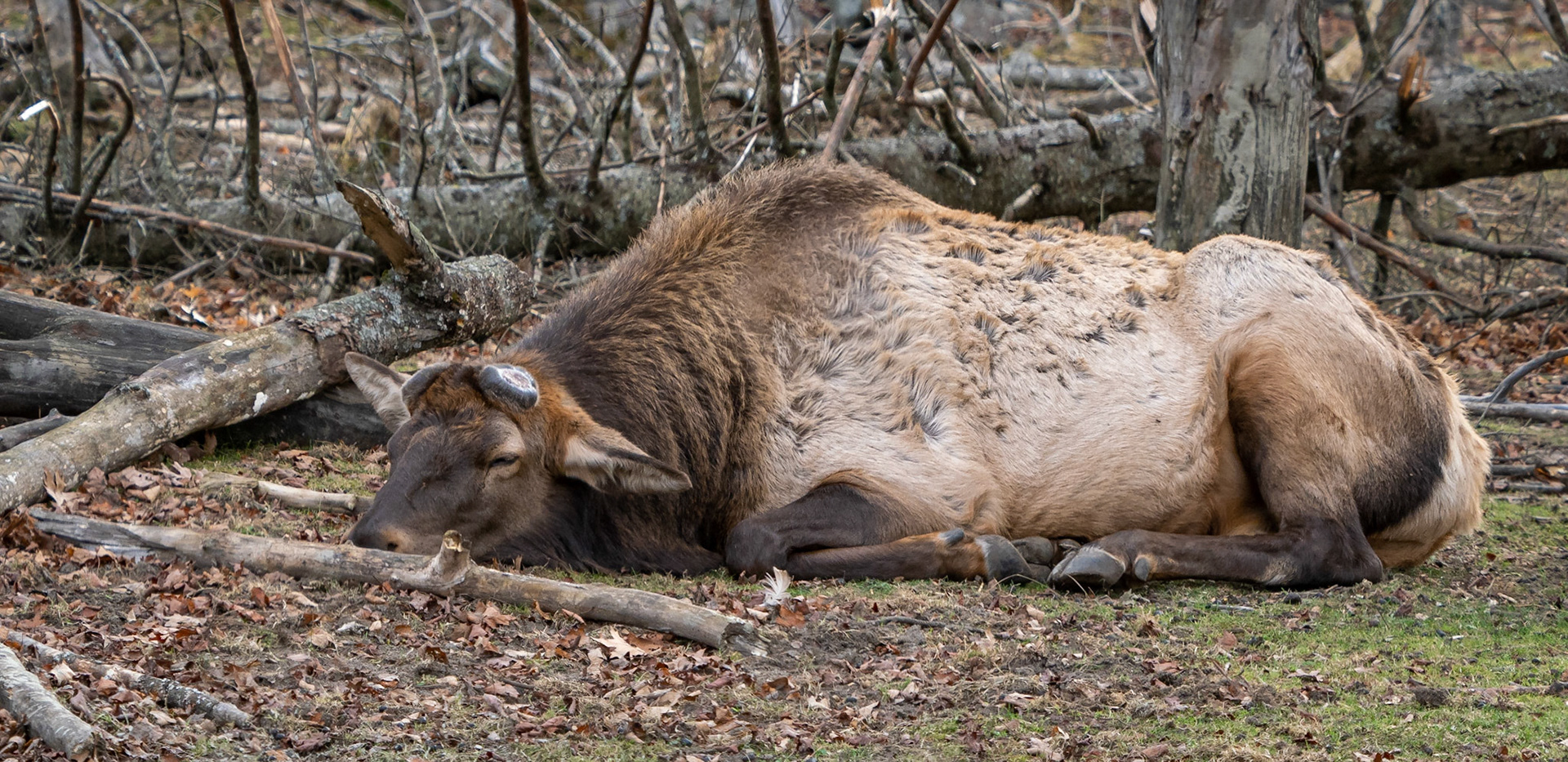
Young and mature red deer (which can be hard tell apart from the elk) were keeping an eye out.
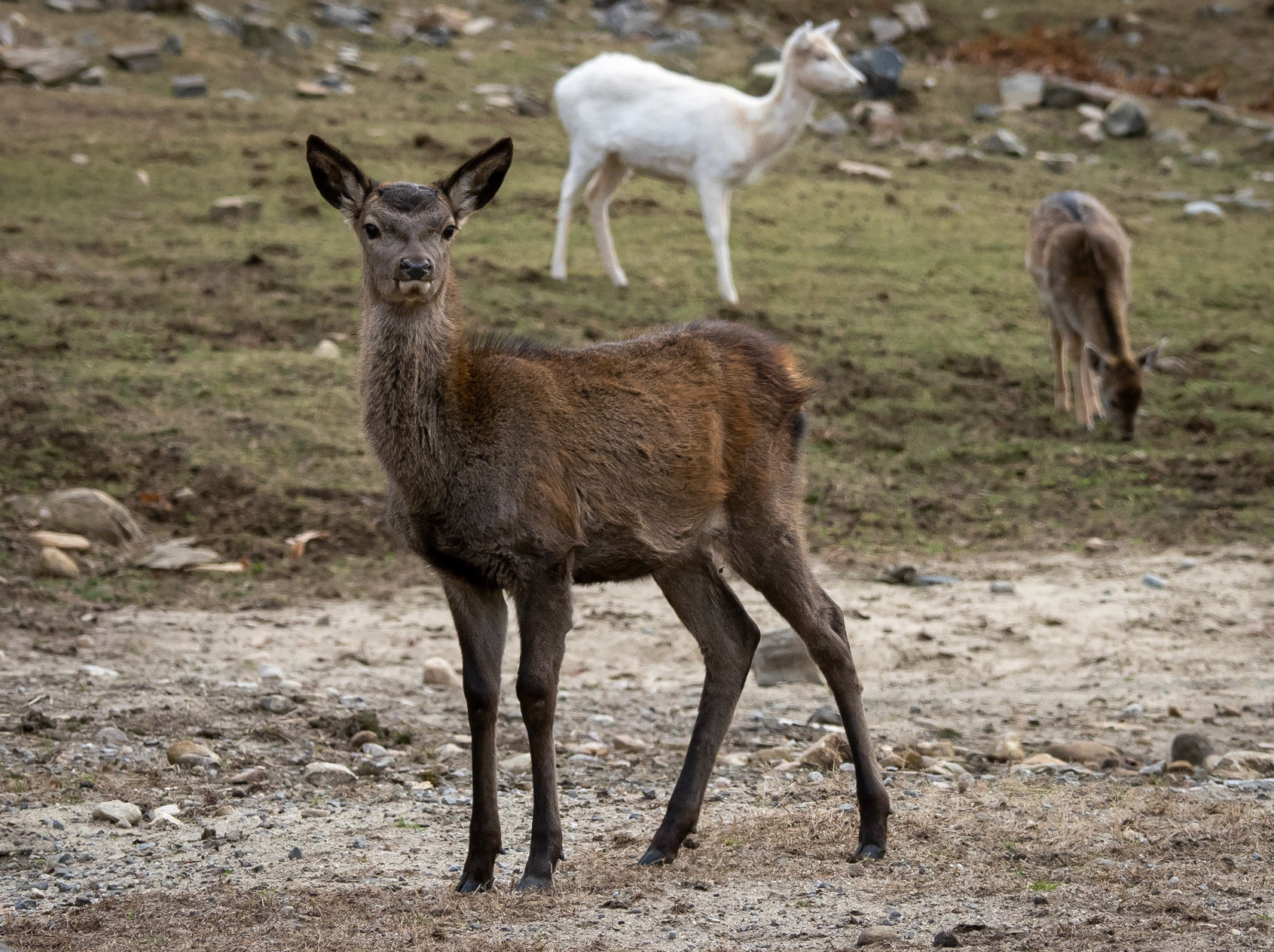
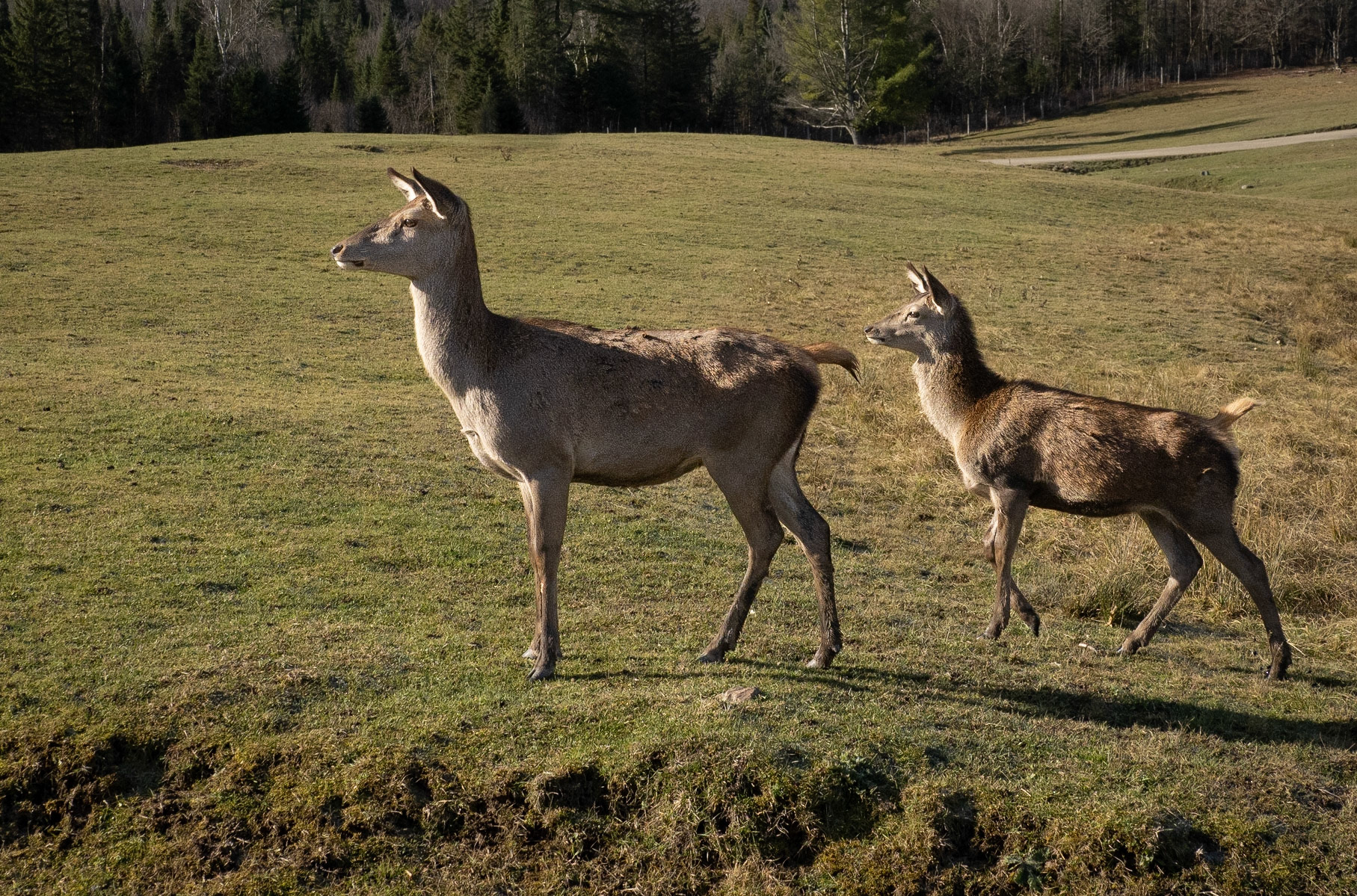
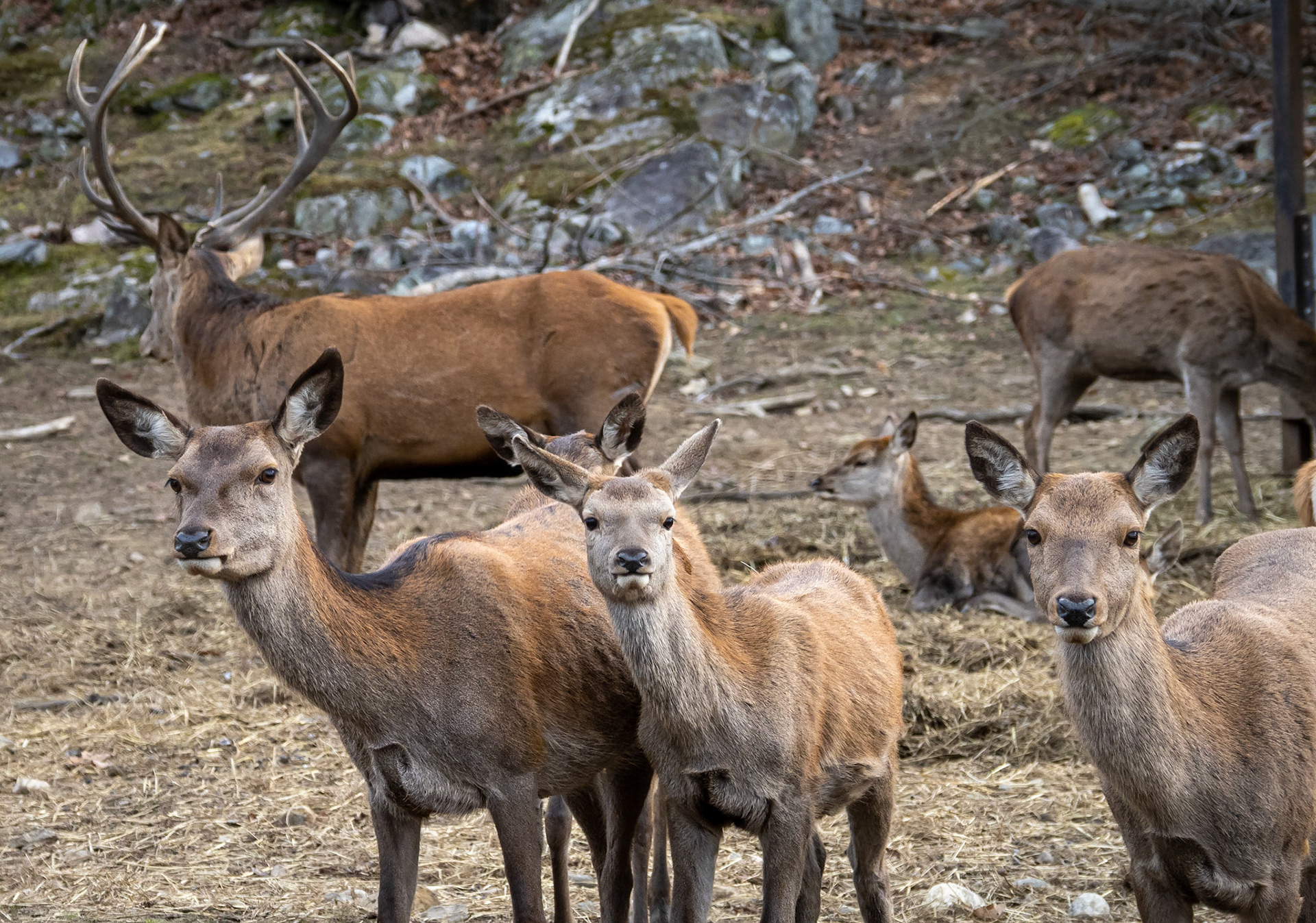
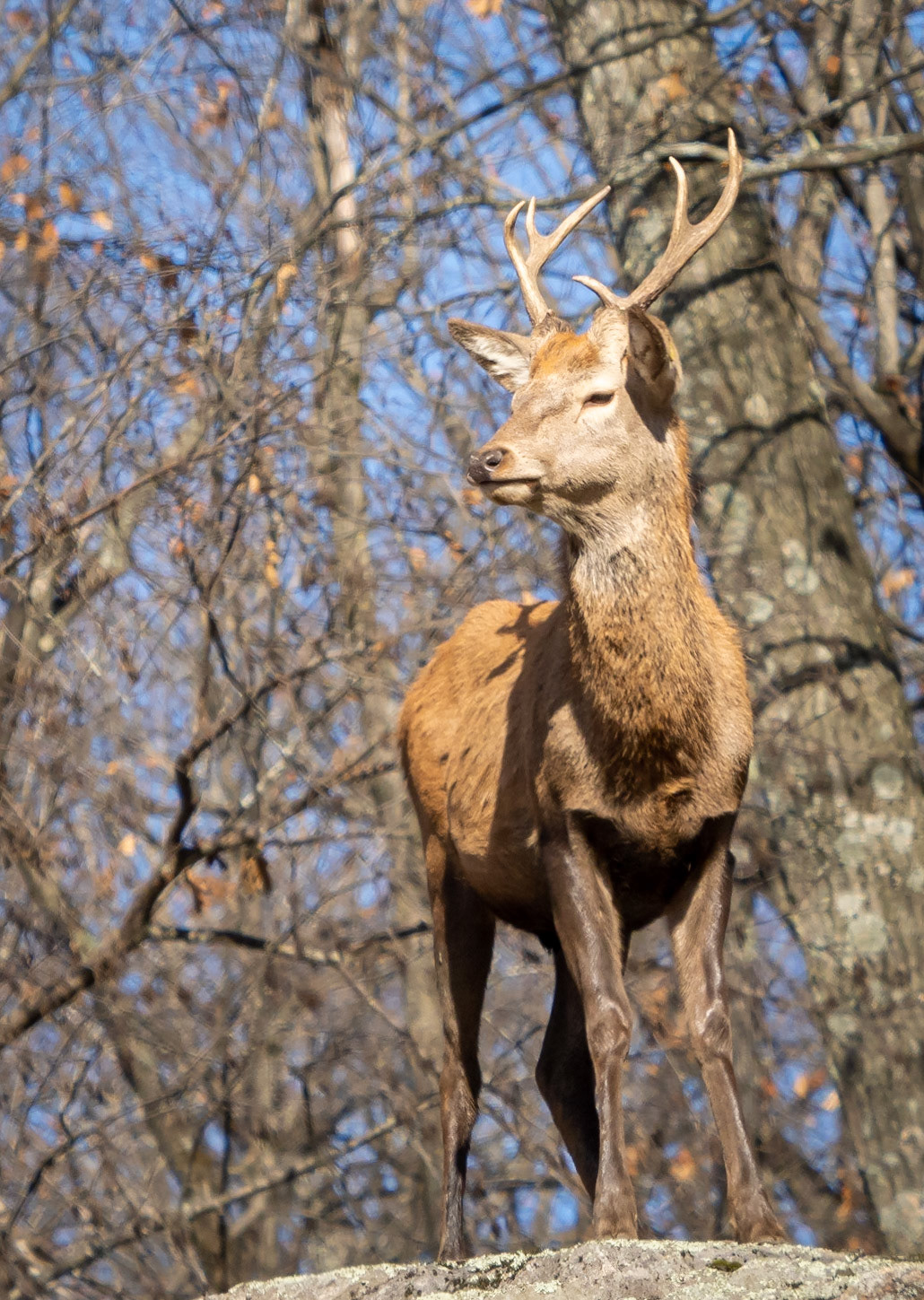
We always try to avoid the adult and junior alpine ibex as they have been known to scratch cars with their hooves against the car doors (or more) reaching for carrots.
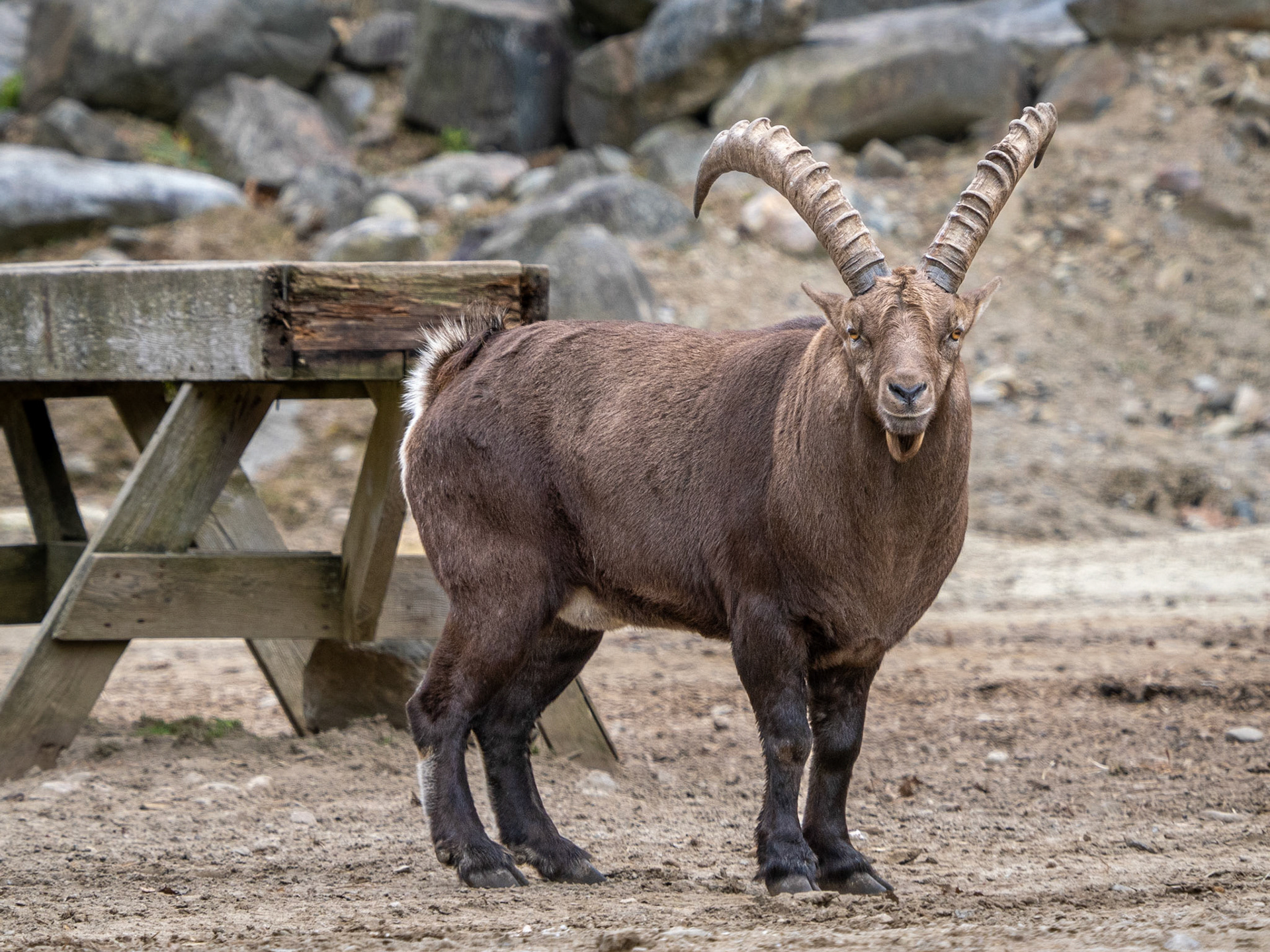

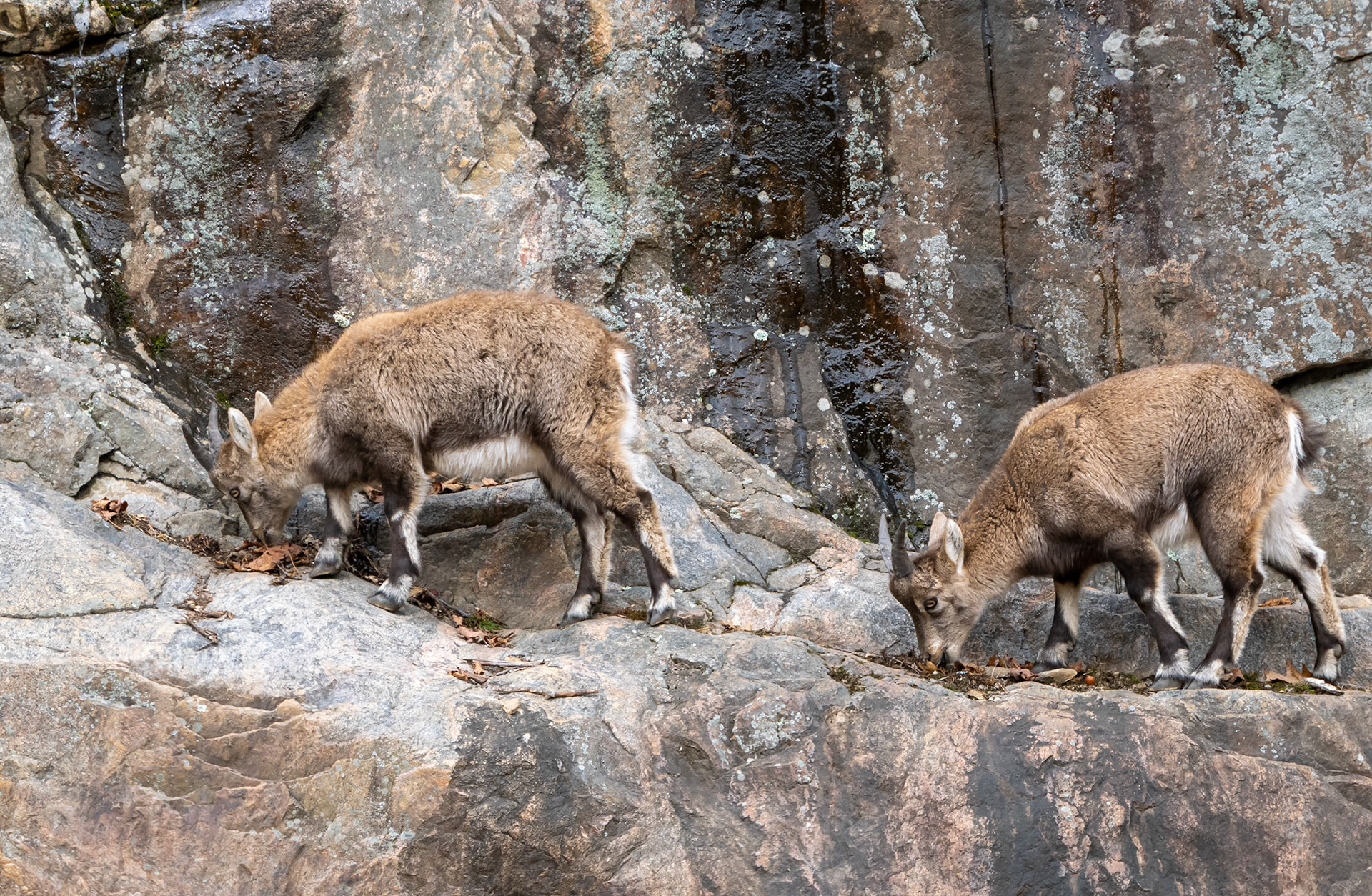
The Rocky Mountain goats have grown their full winter coats.
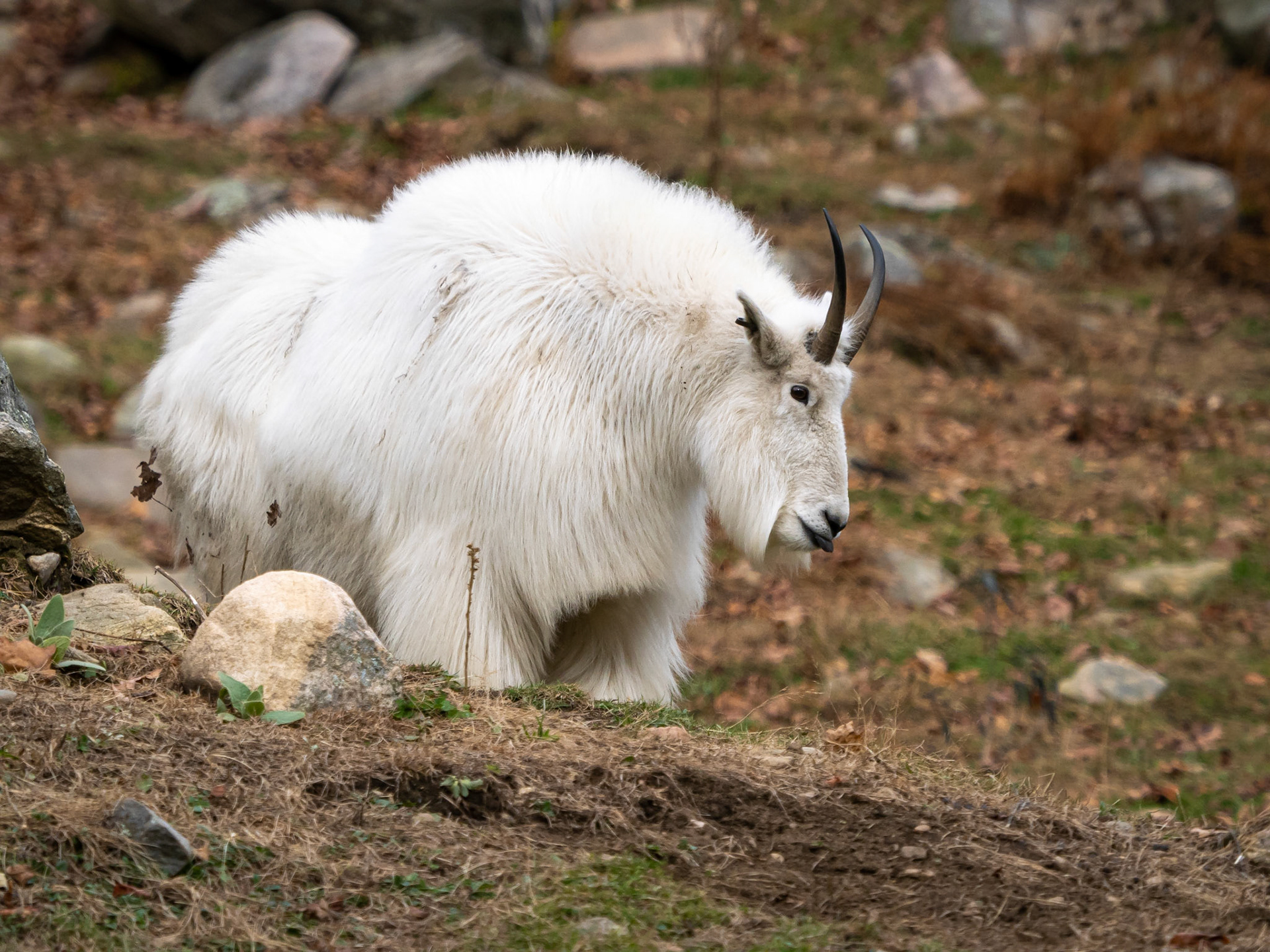

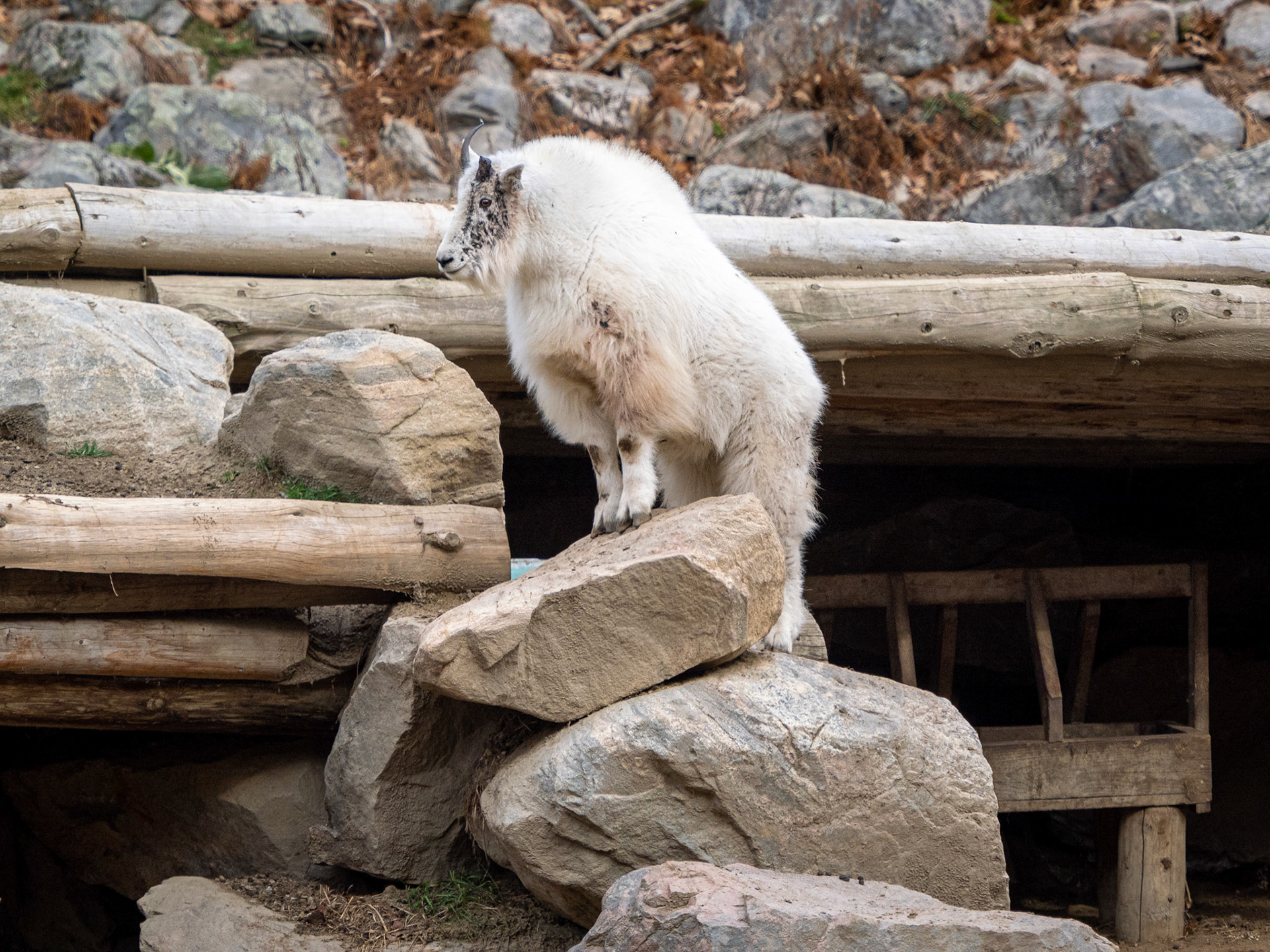
I am sure the 80-100(?) foot tall rocky cliff in their expansive enclosure makes them feel right at home.
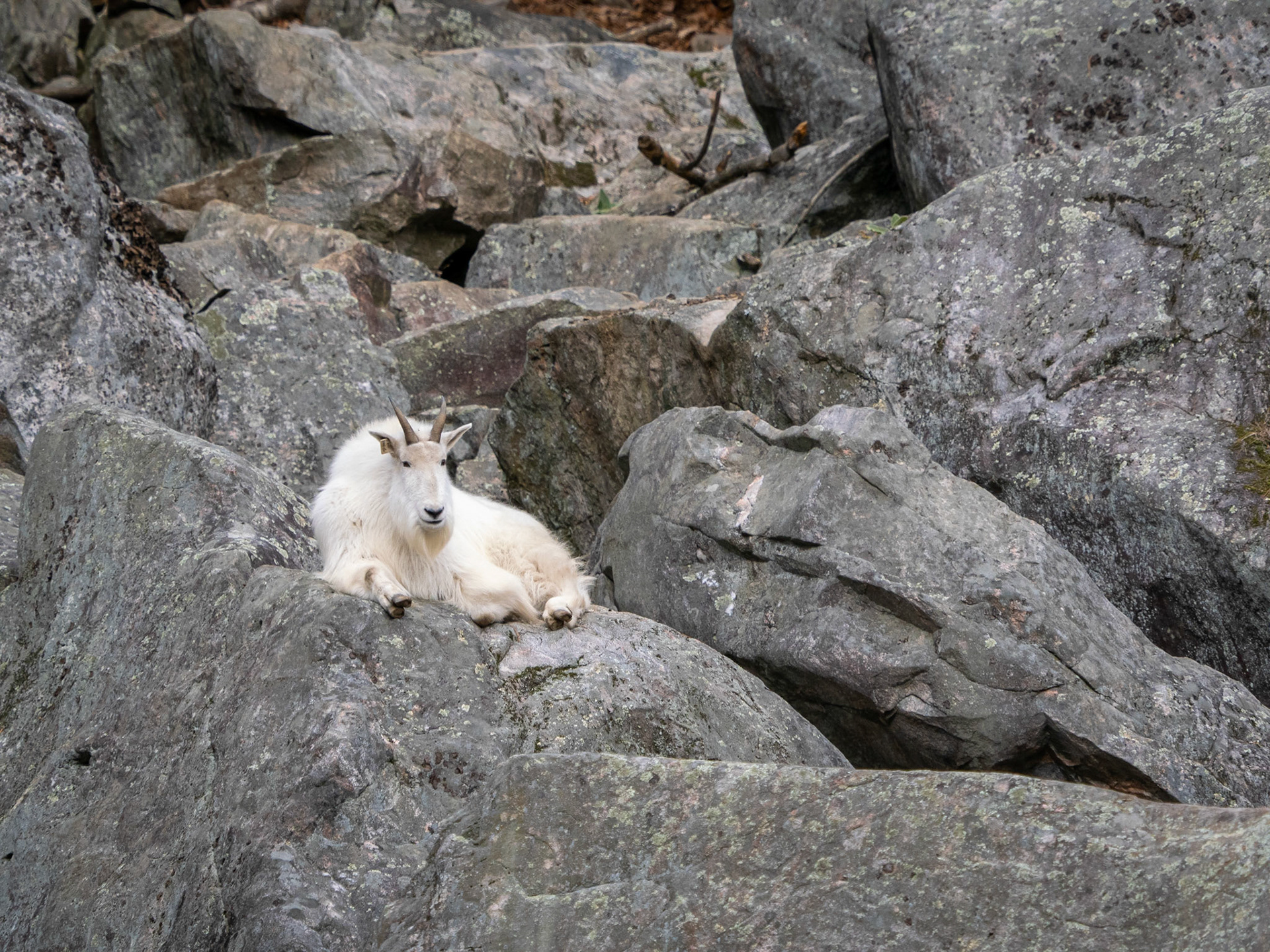

The caribou antlers are amazing, although one seems to have had his antlers removed. Perhaps he was using them as weapons again as he did last year when the Parc had to remove them.

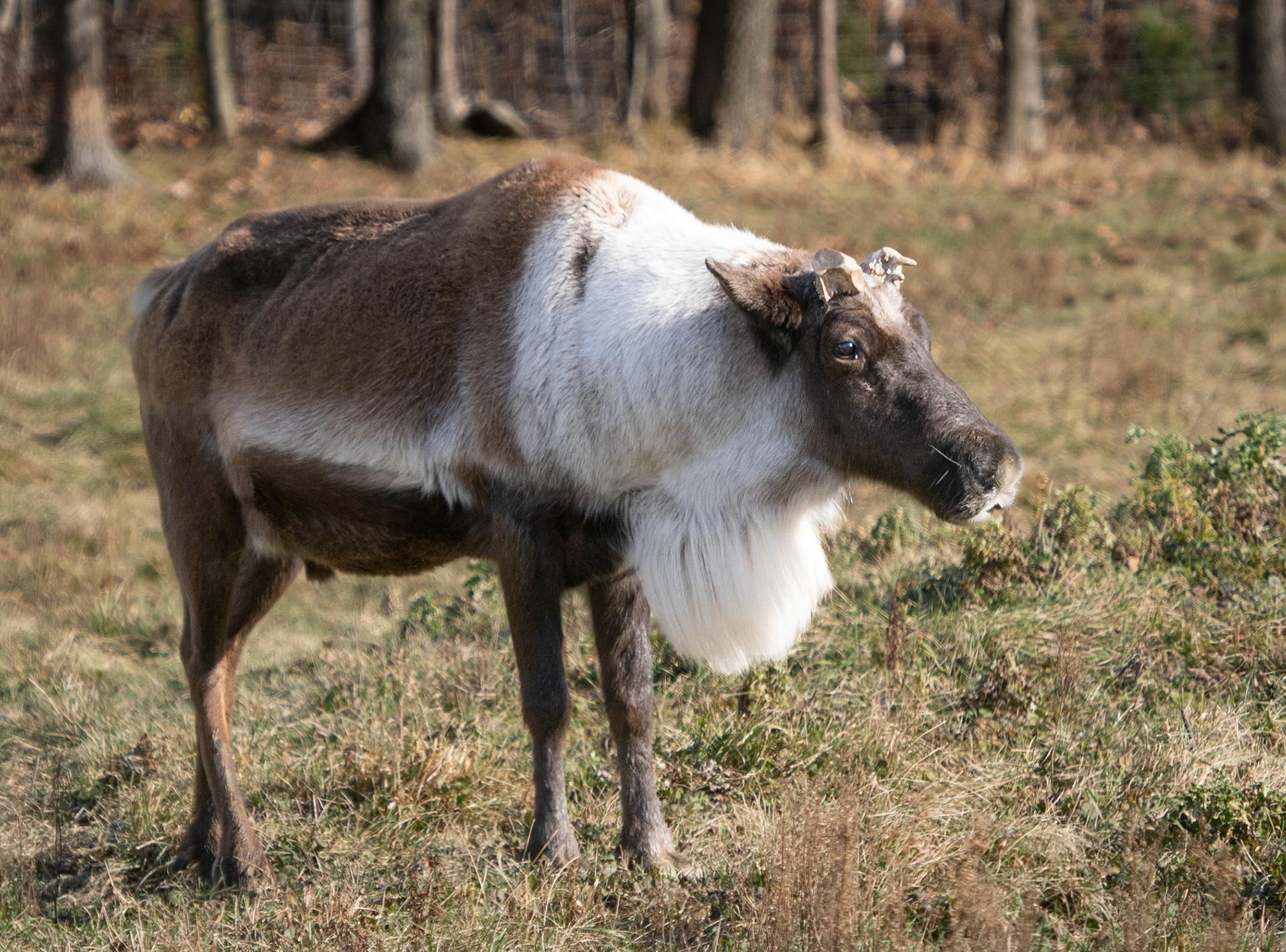
The bison were looking a bit scruffy, but I guess anyone would living out in a pasture.
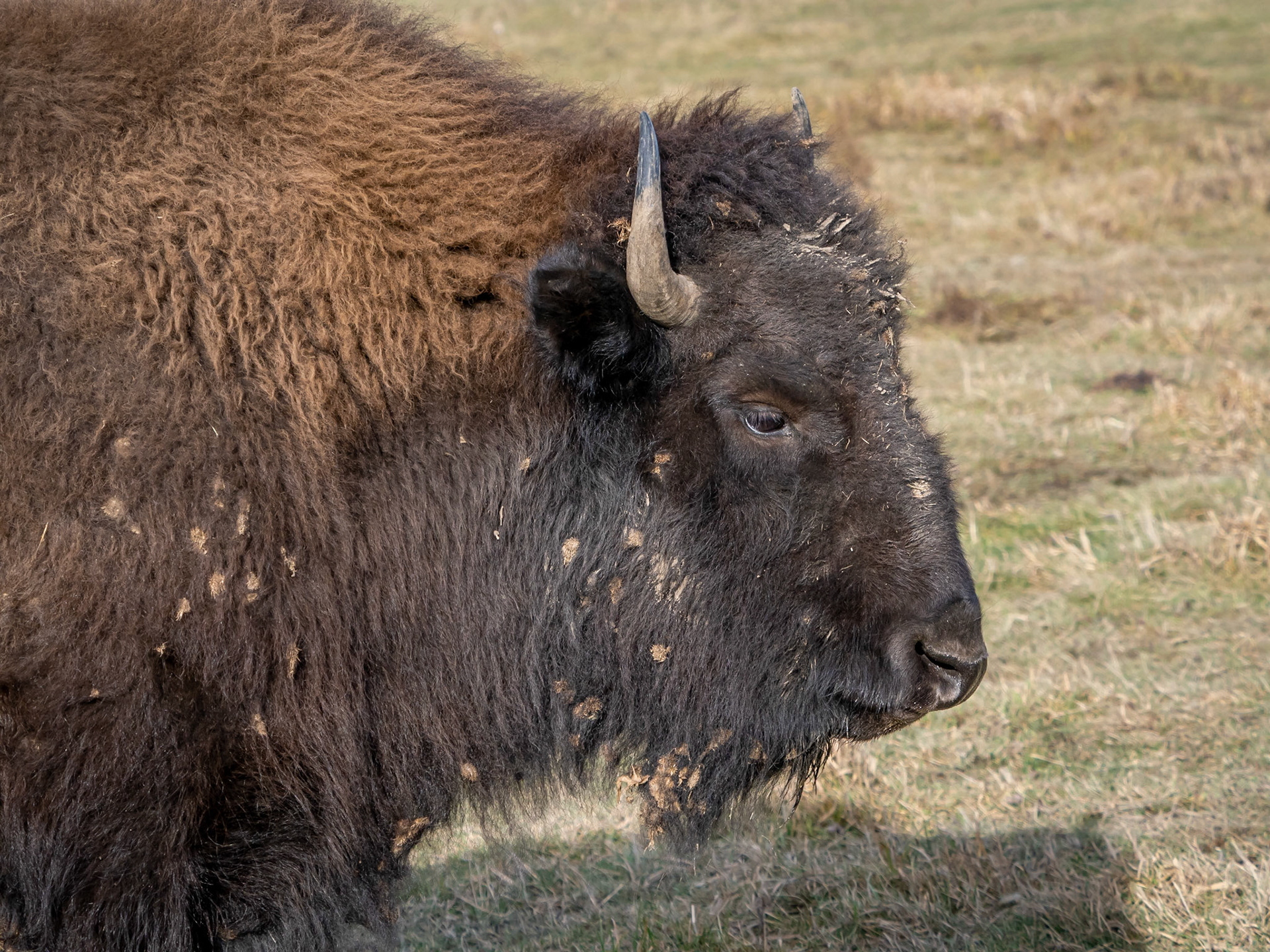

The plentiful fallow deer that come in various colours from almost white to a very dark brown are in many areas of the Parc.
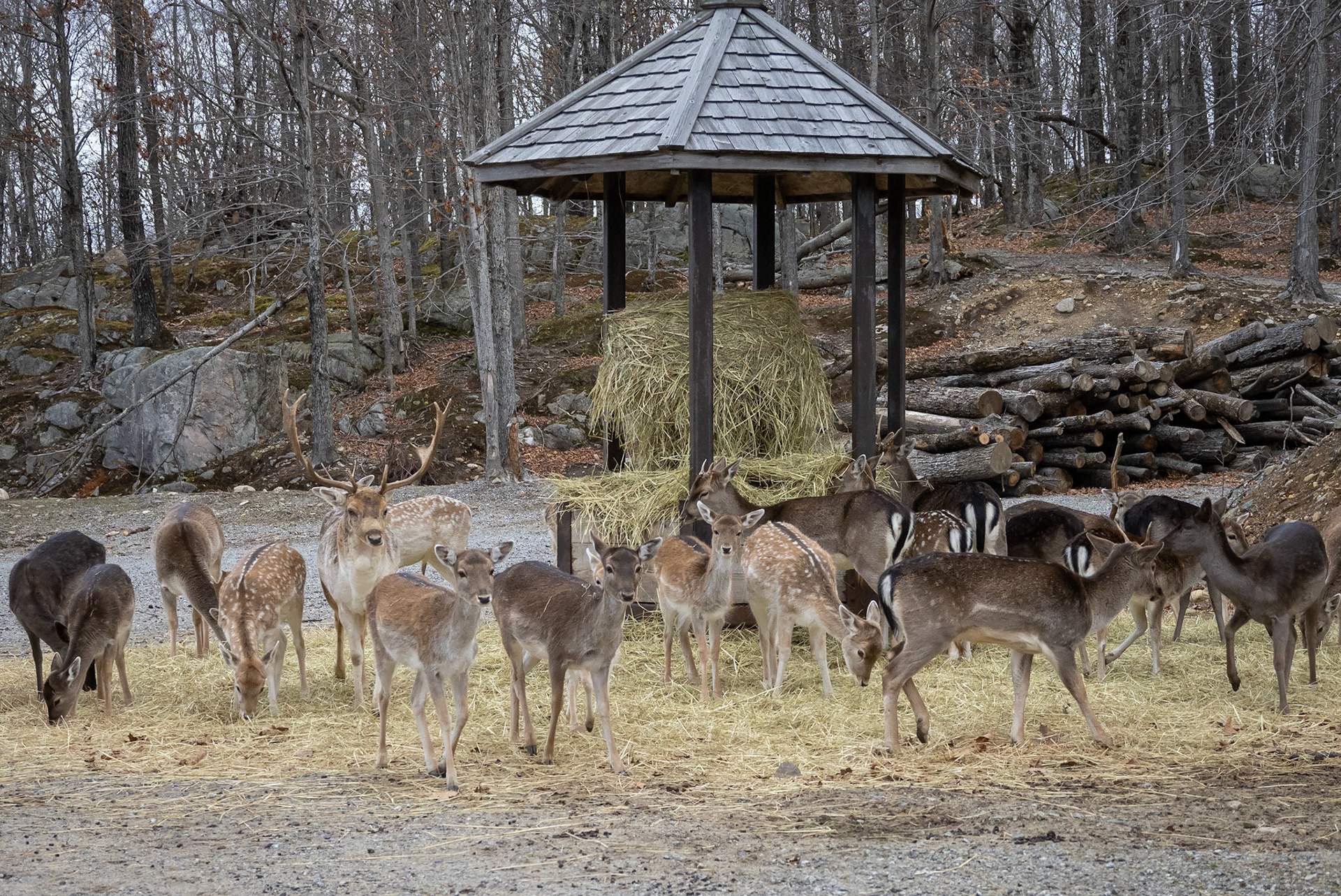
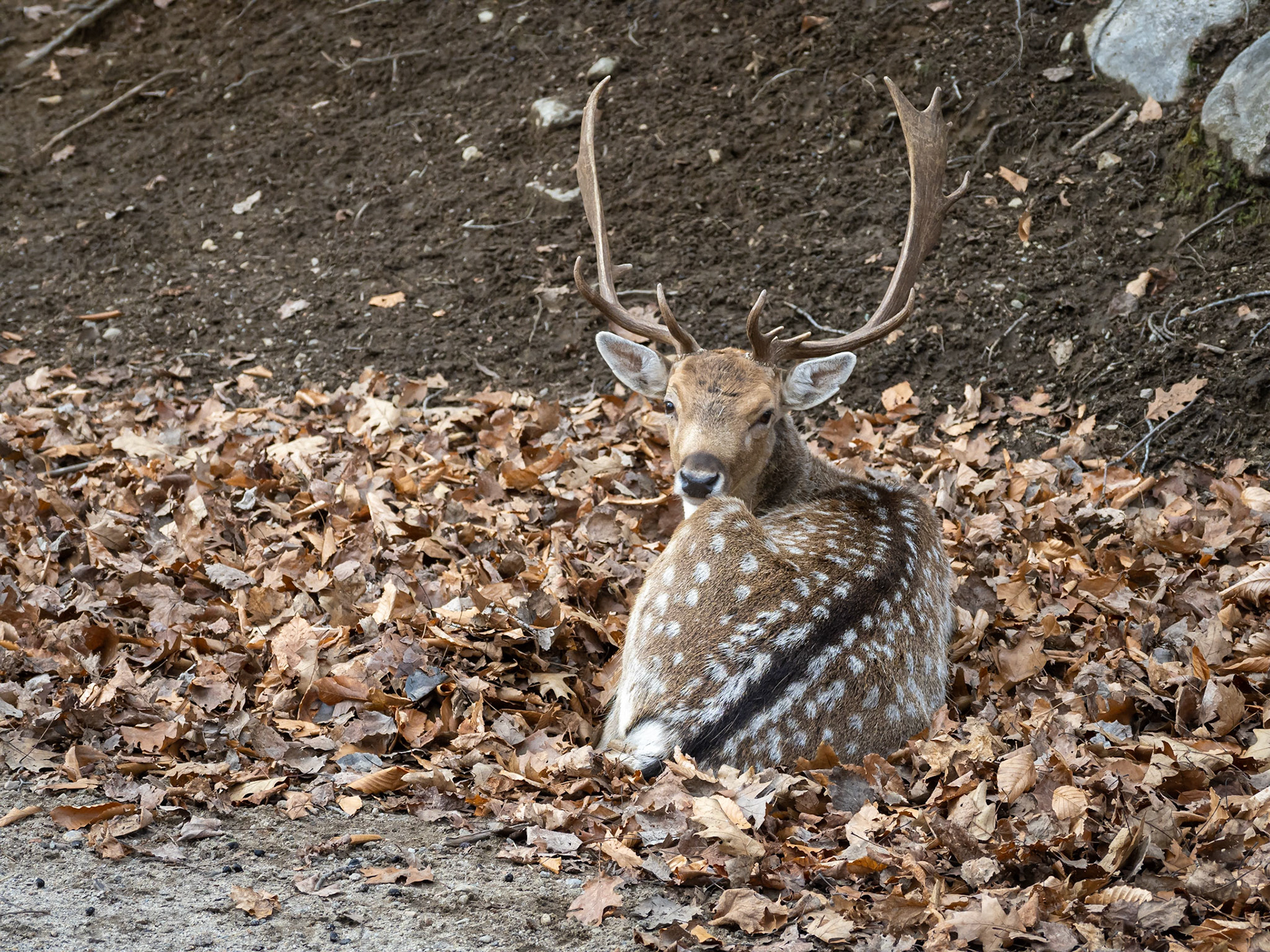
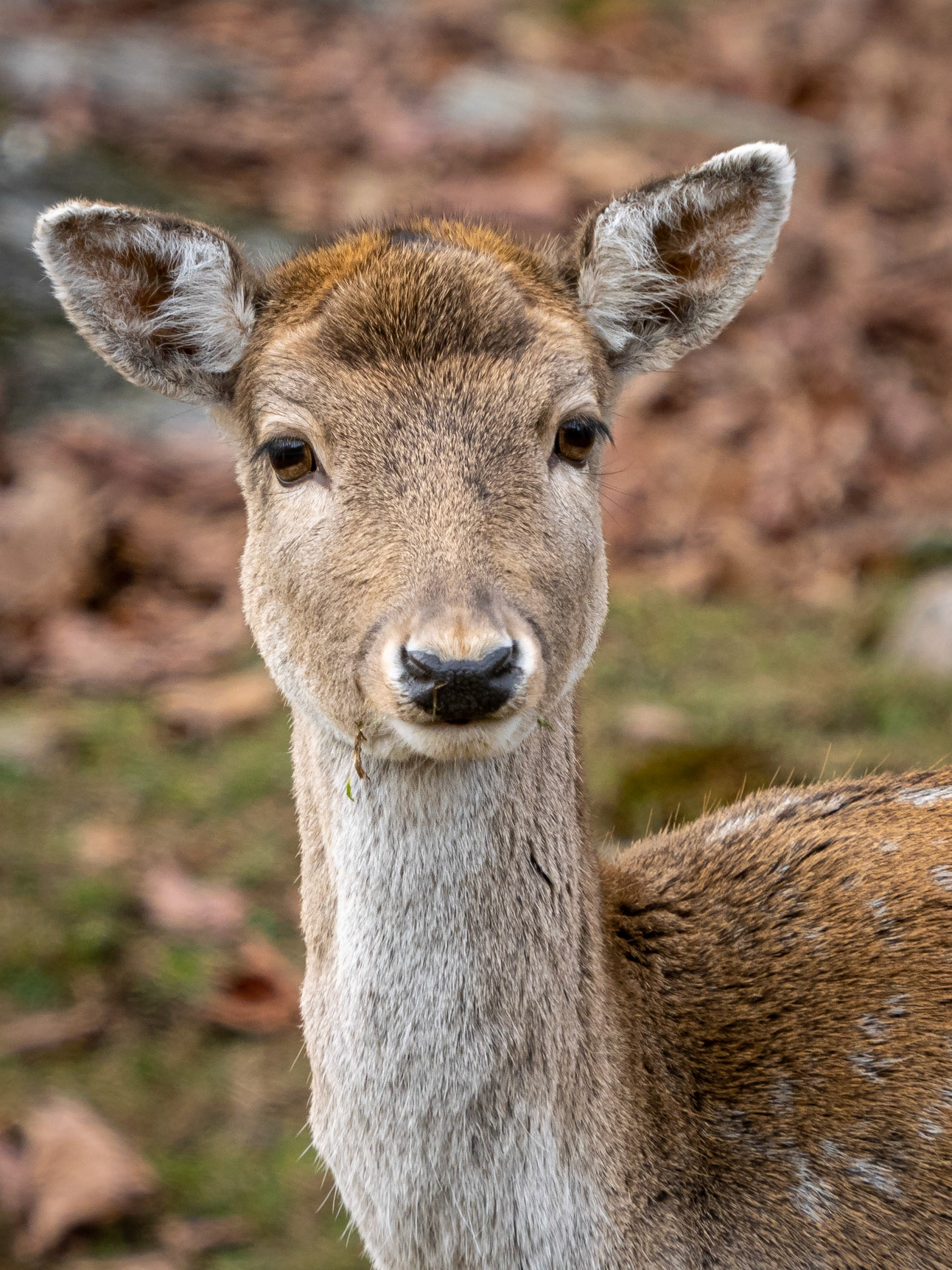
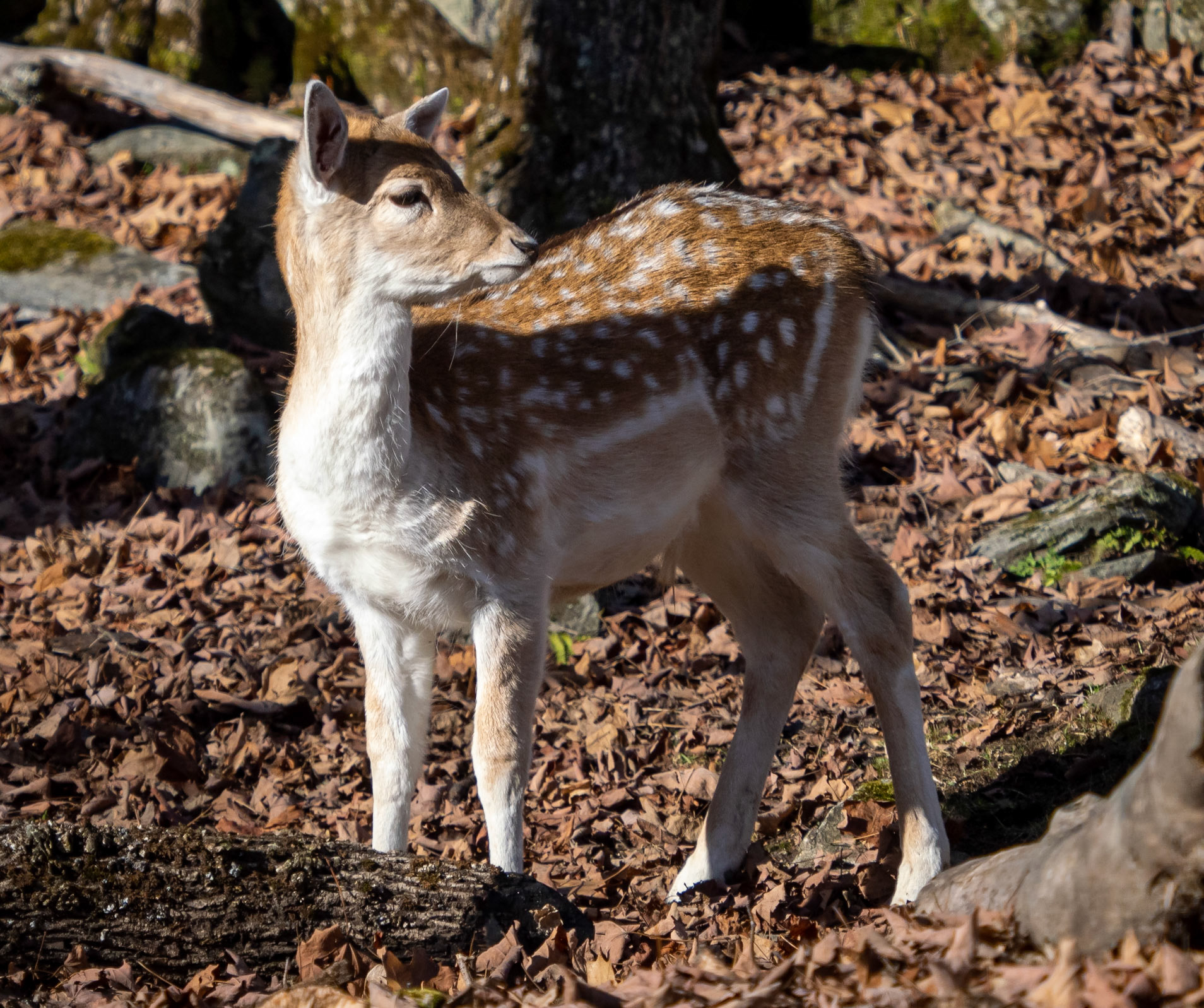
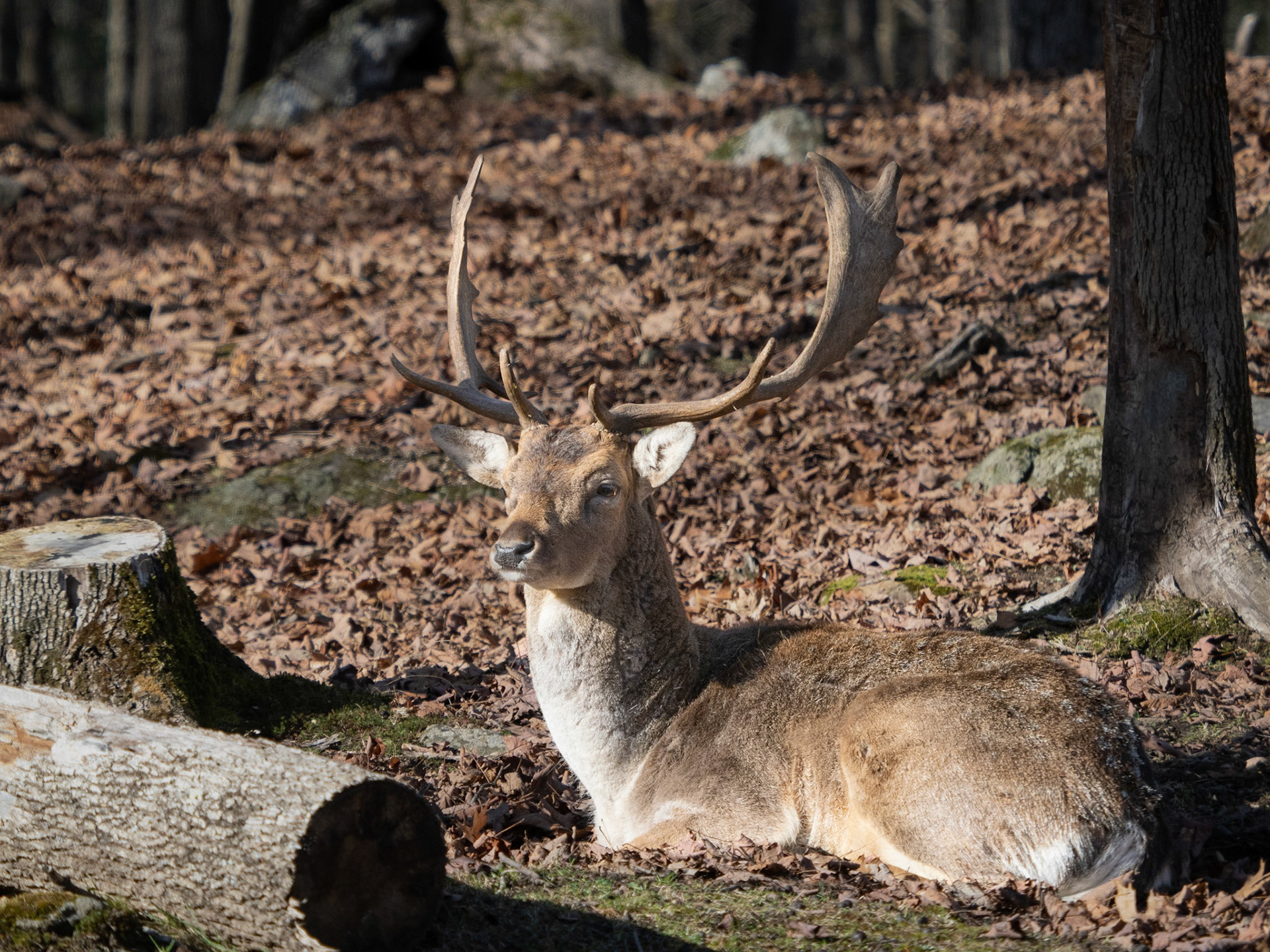


It's interesting in comparing the hind quarter markings of the fallow deer at Parc Omega to the gazelles and impalas of Africa.
All have similar markings, similar in shape to McDonald's "golden arches". Which is why the gazelles and impalas are sometimes referred to as "fast food" for the African big cats.
